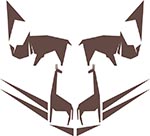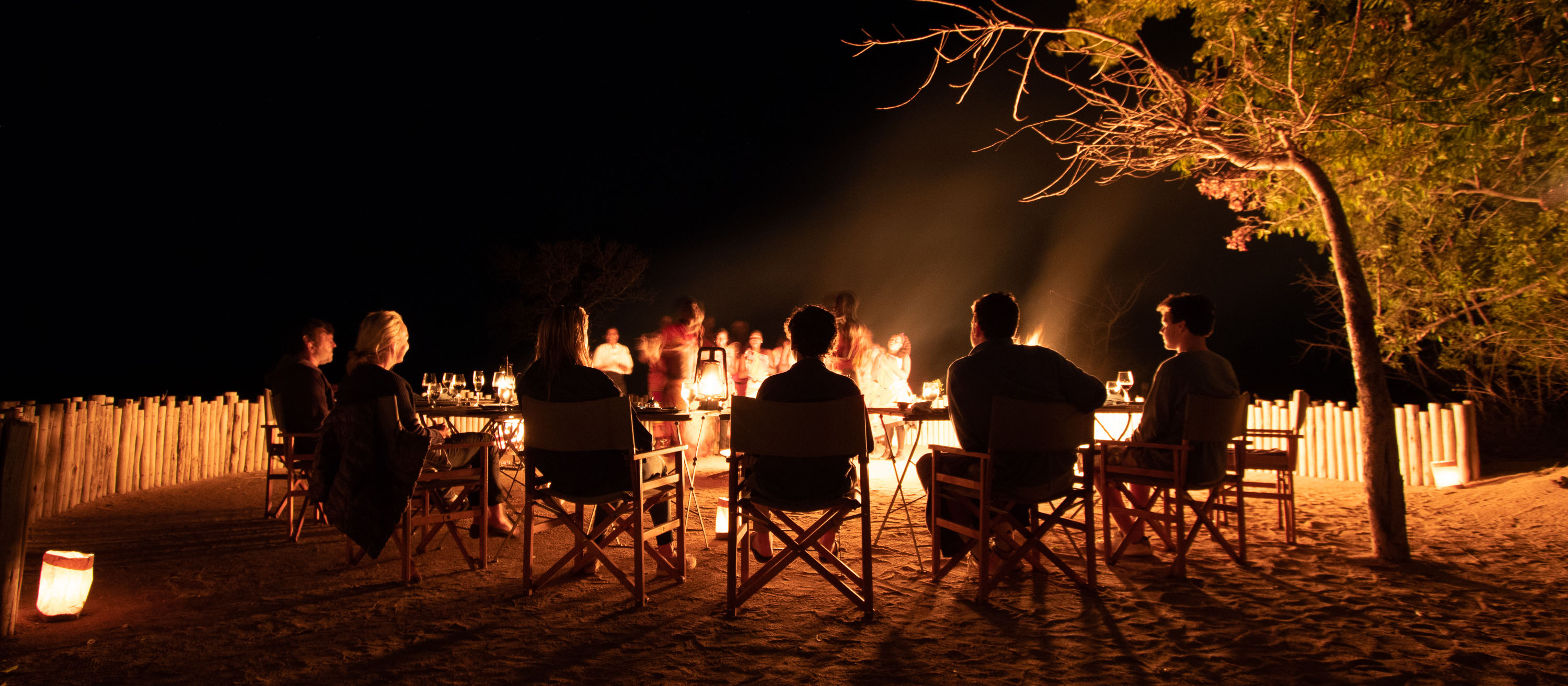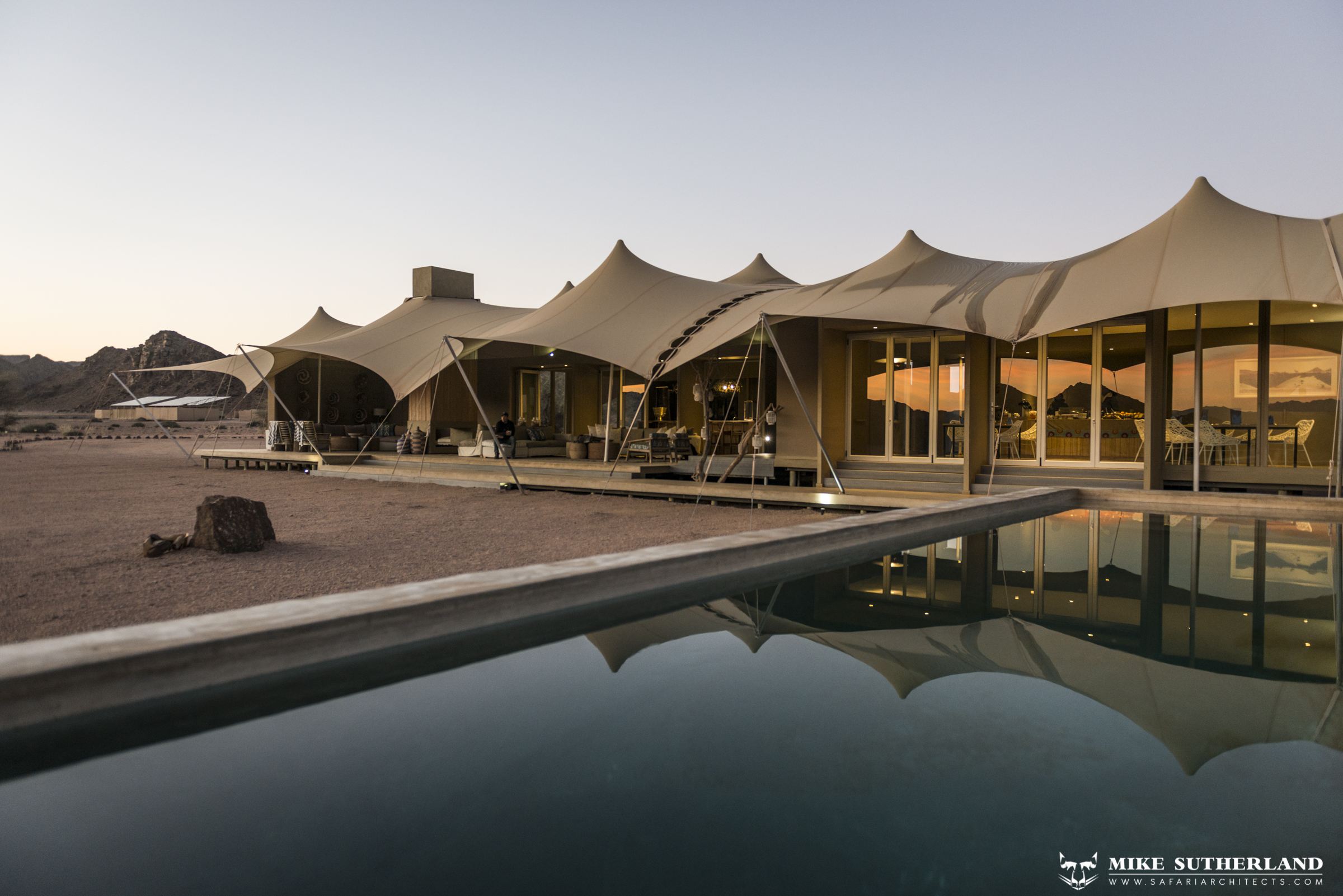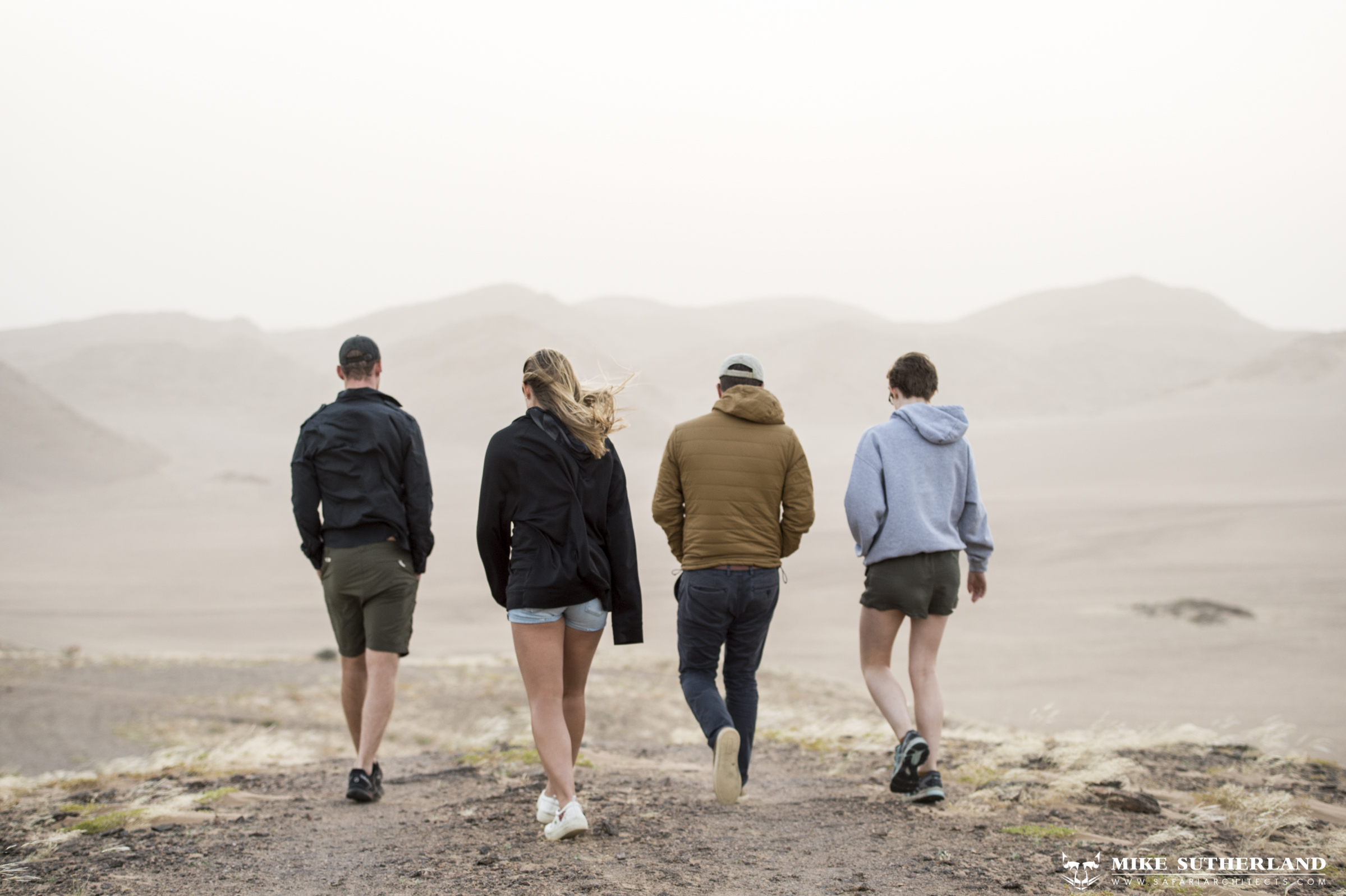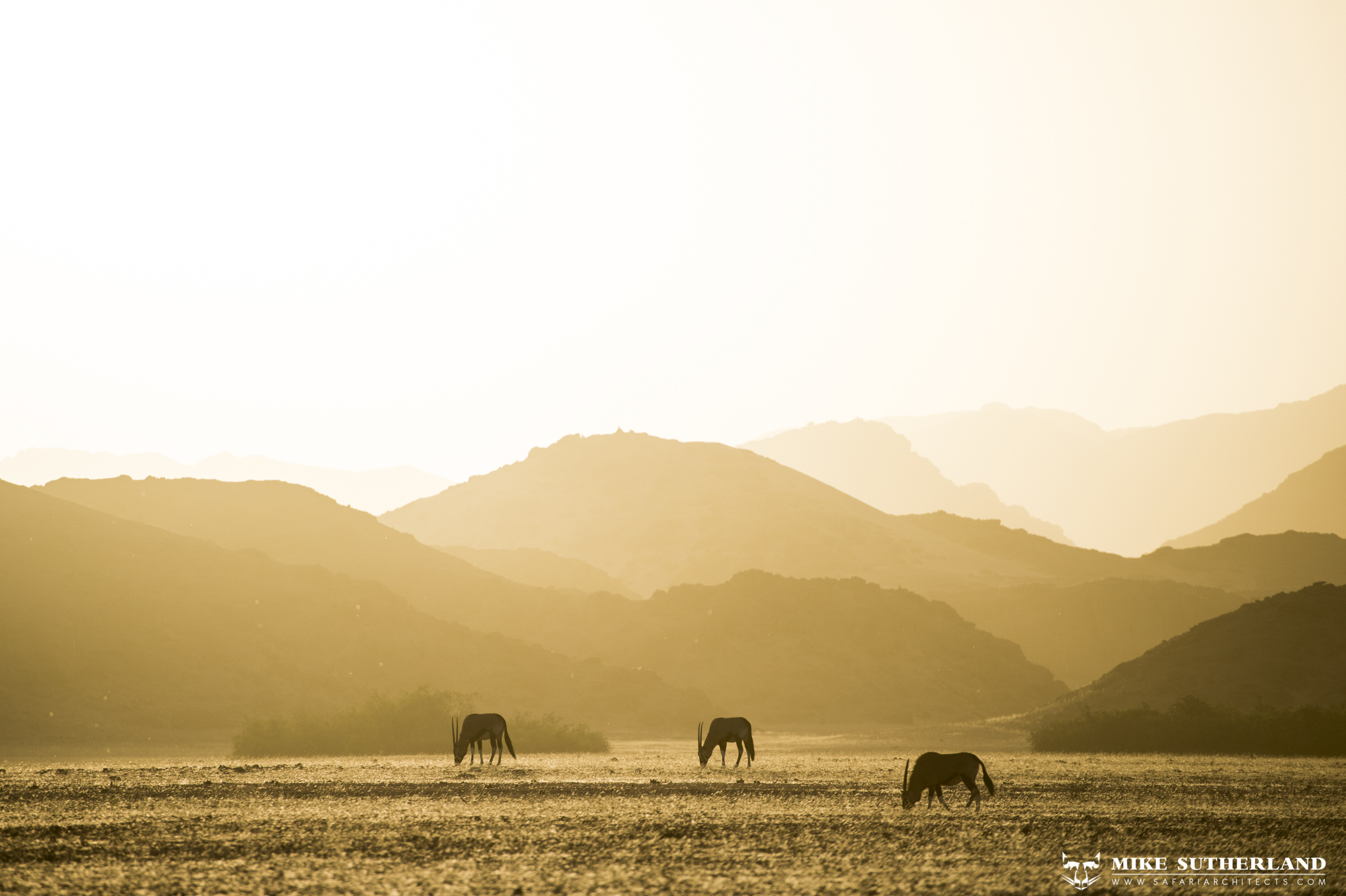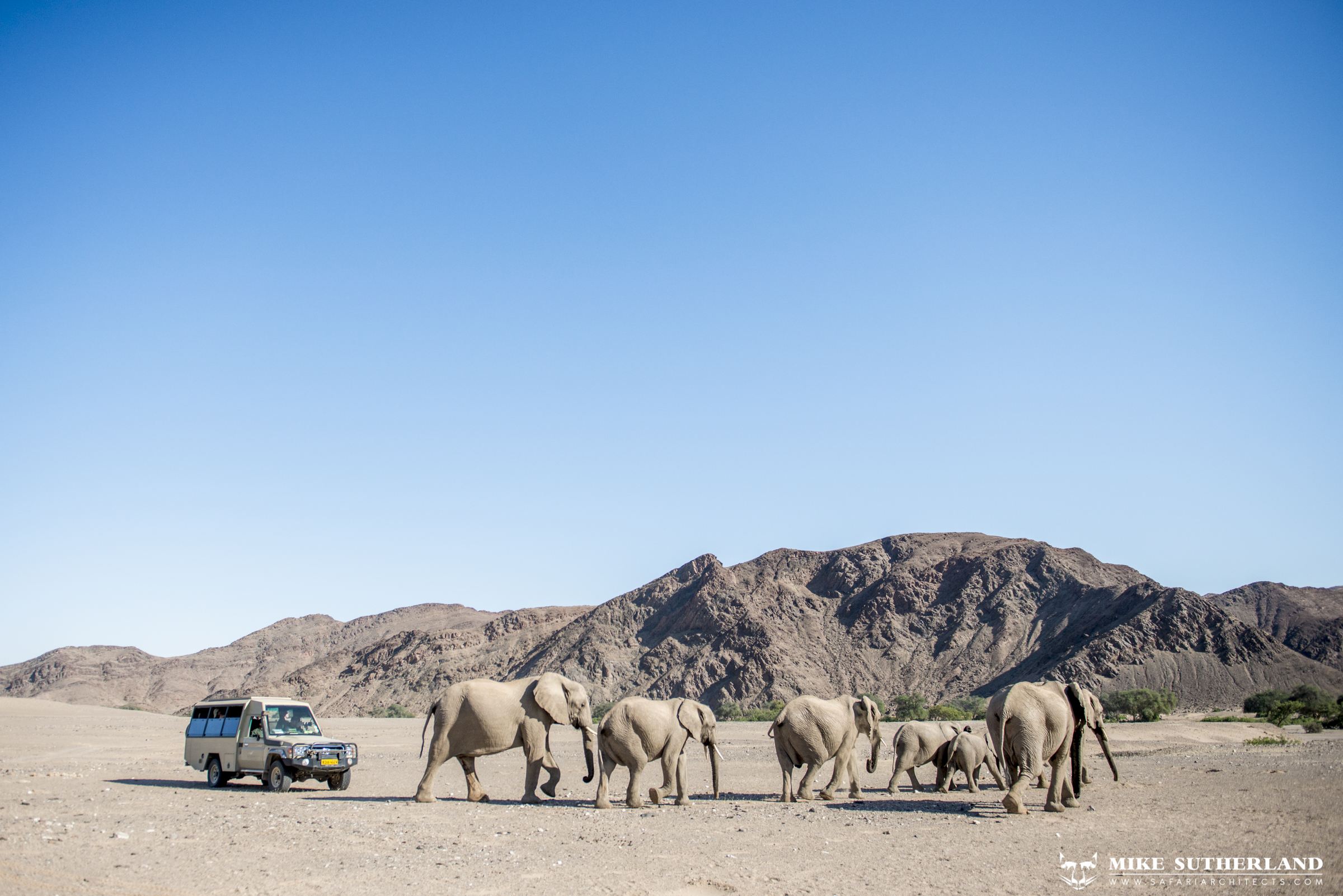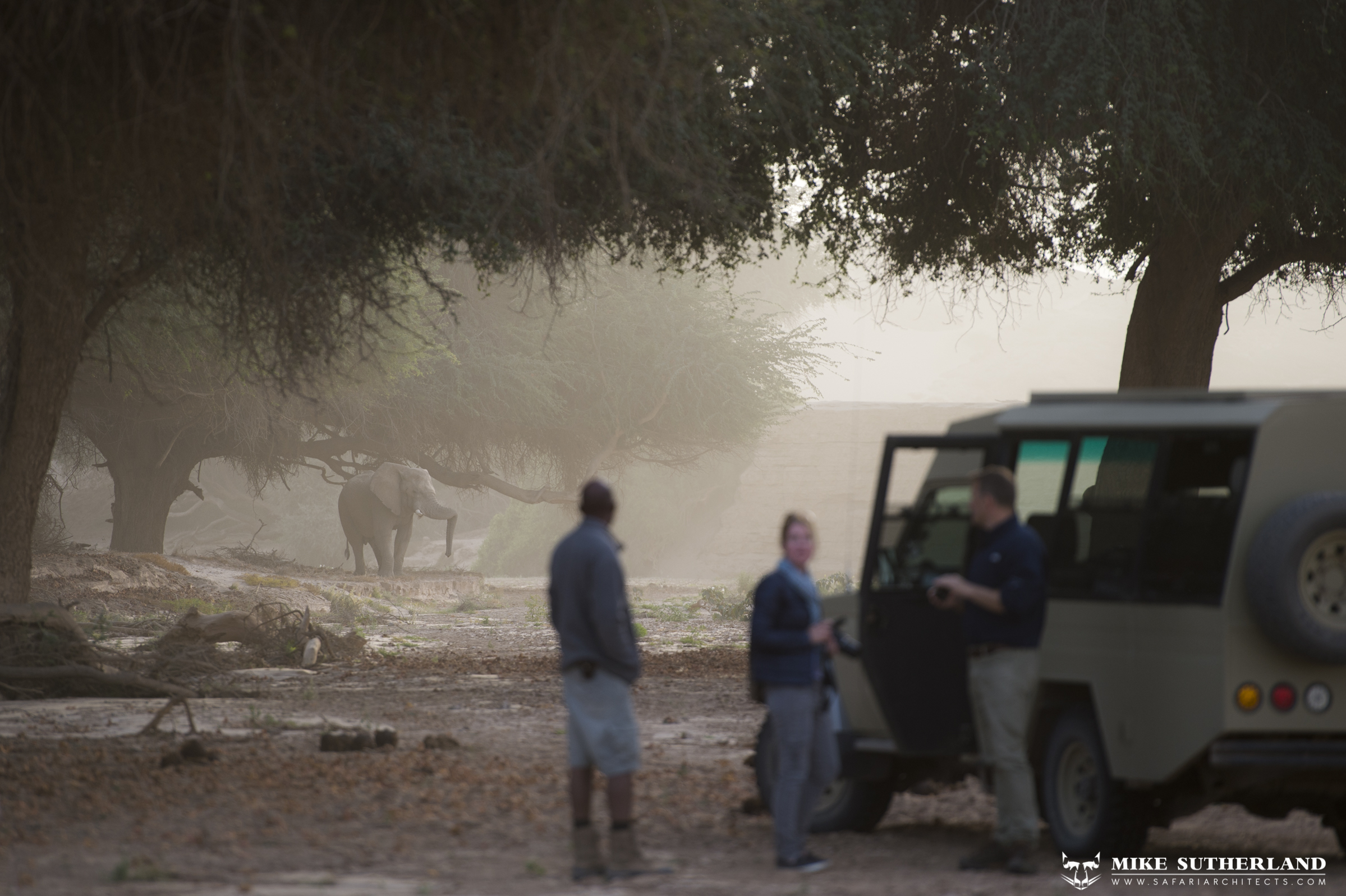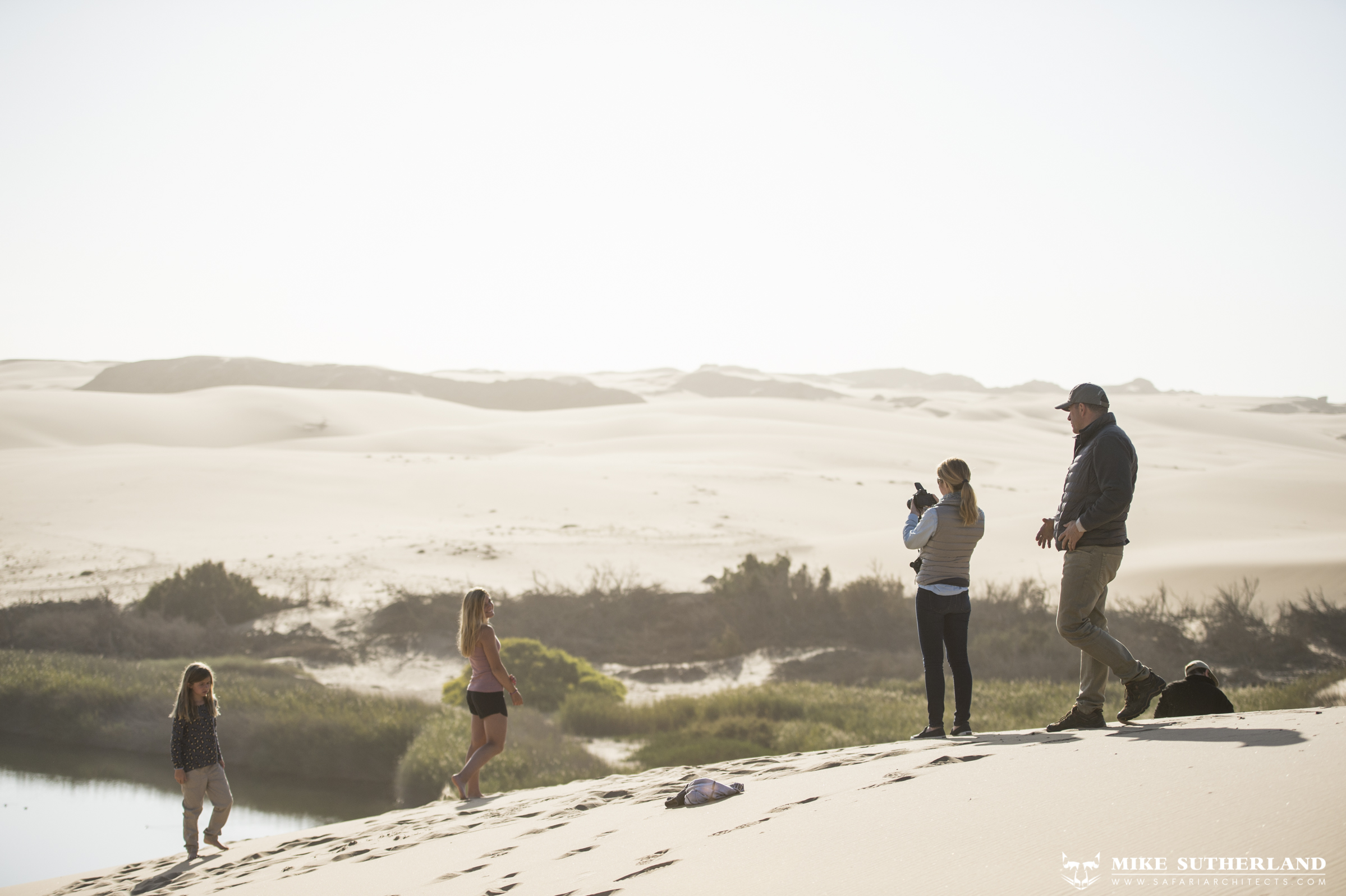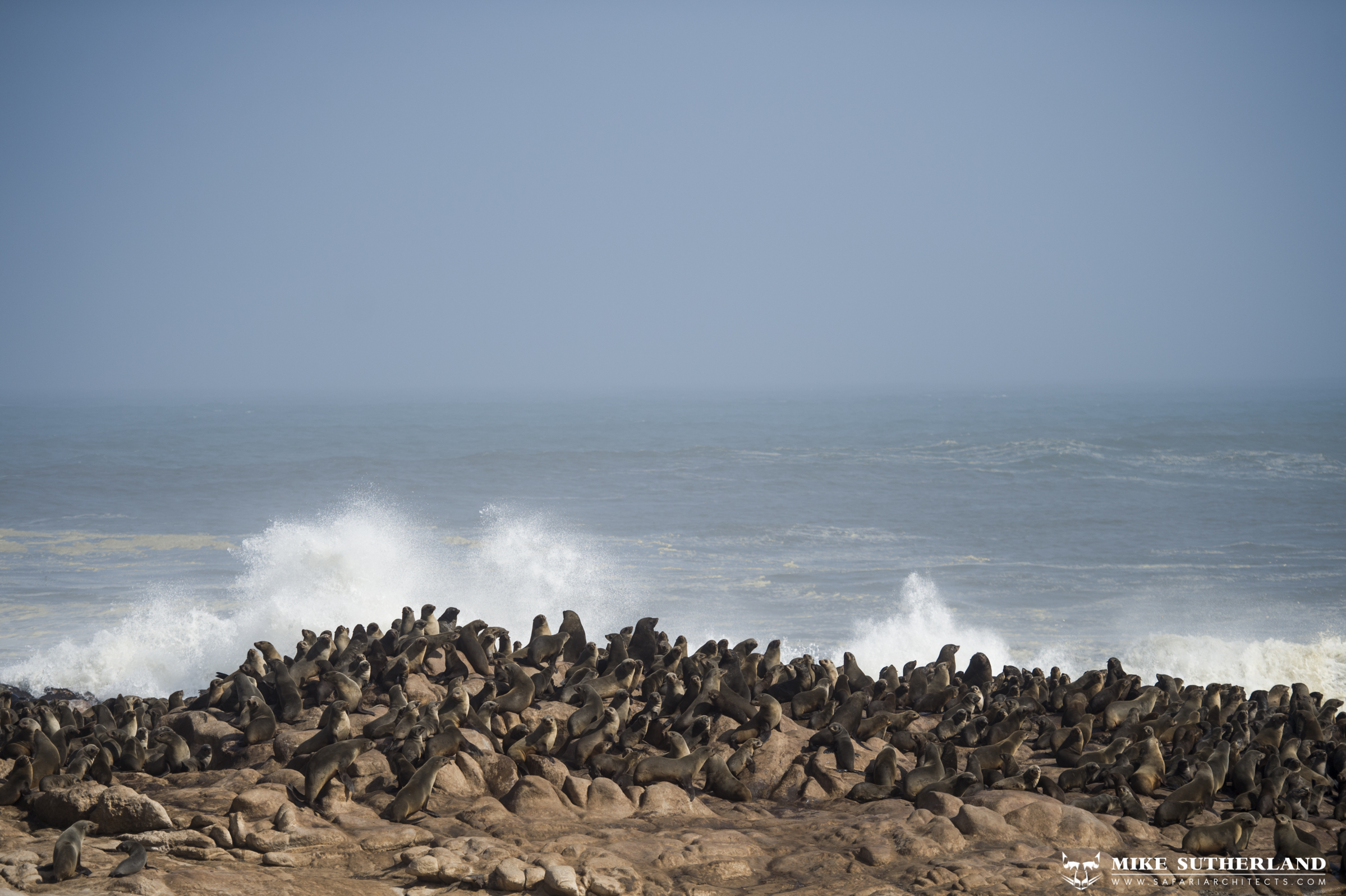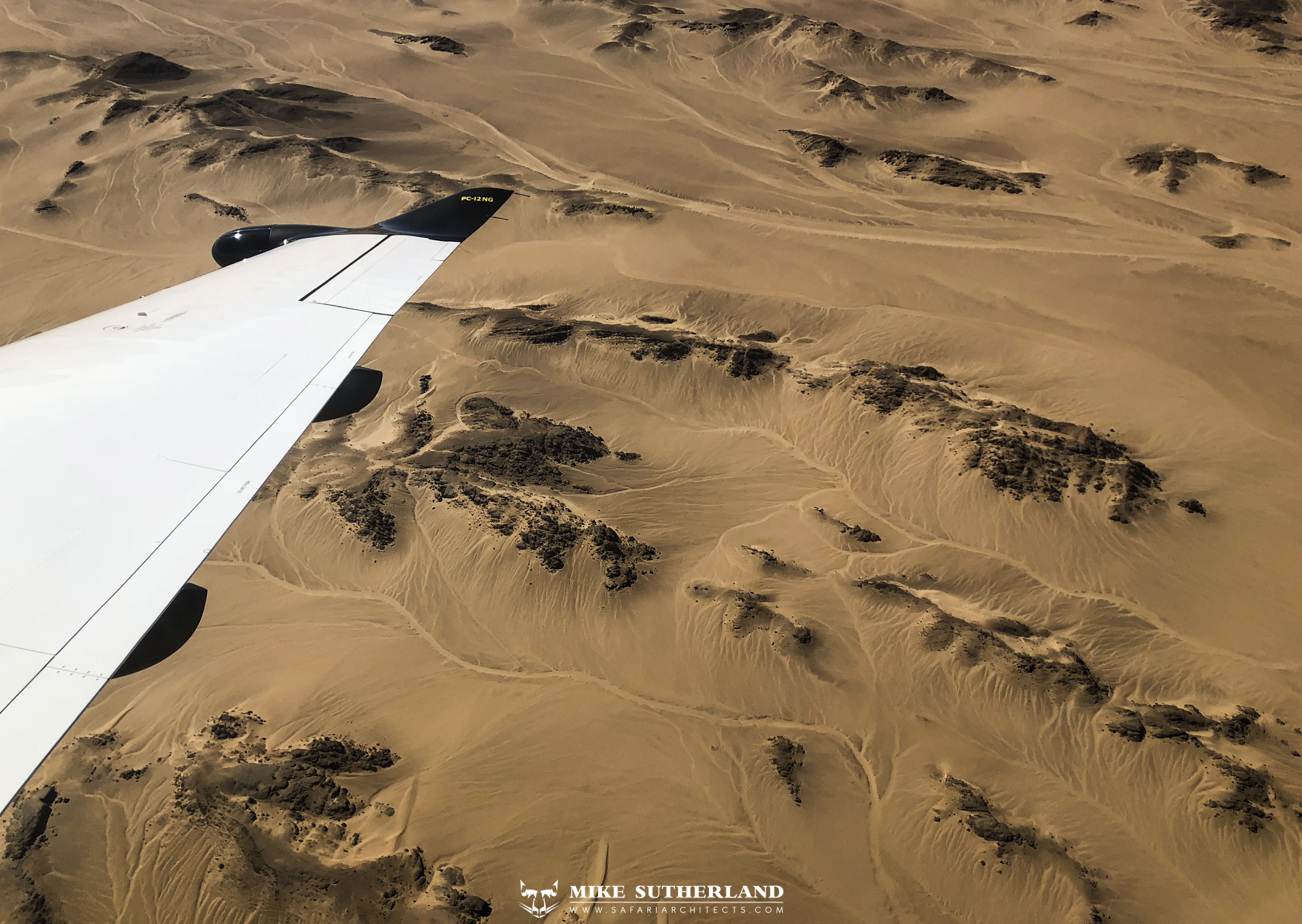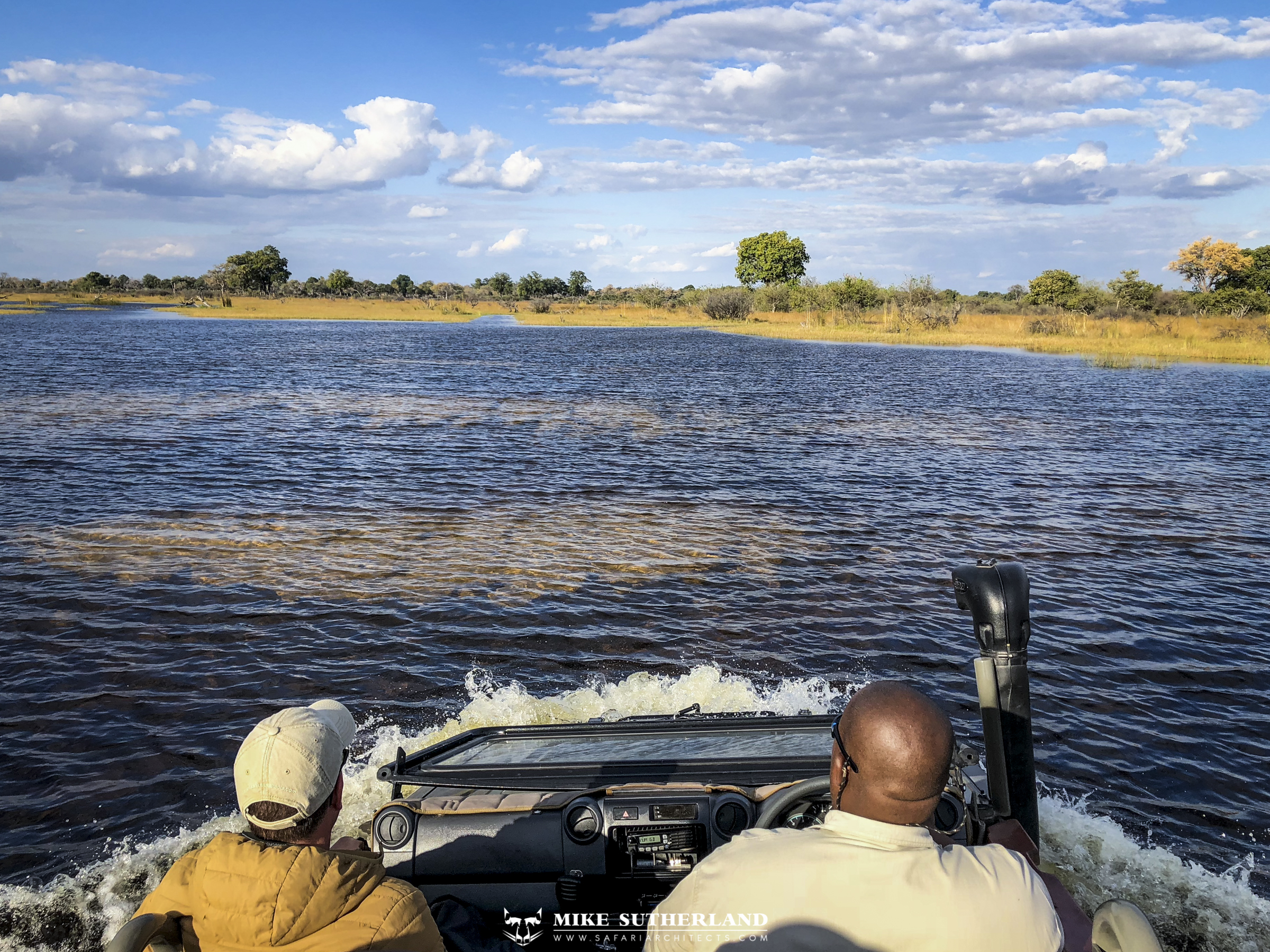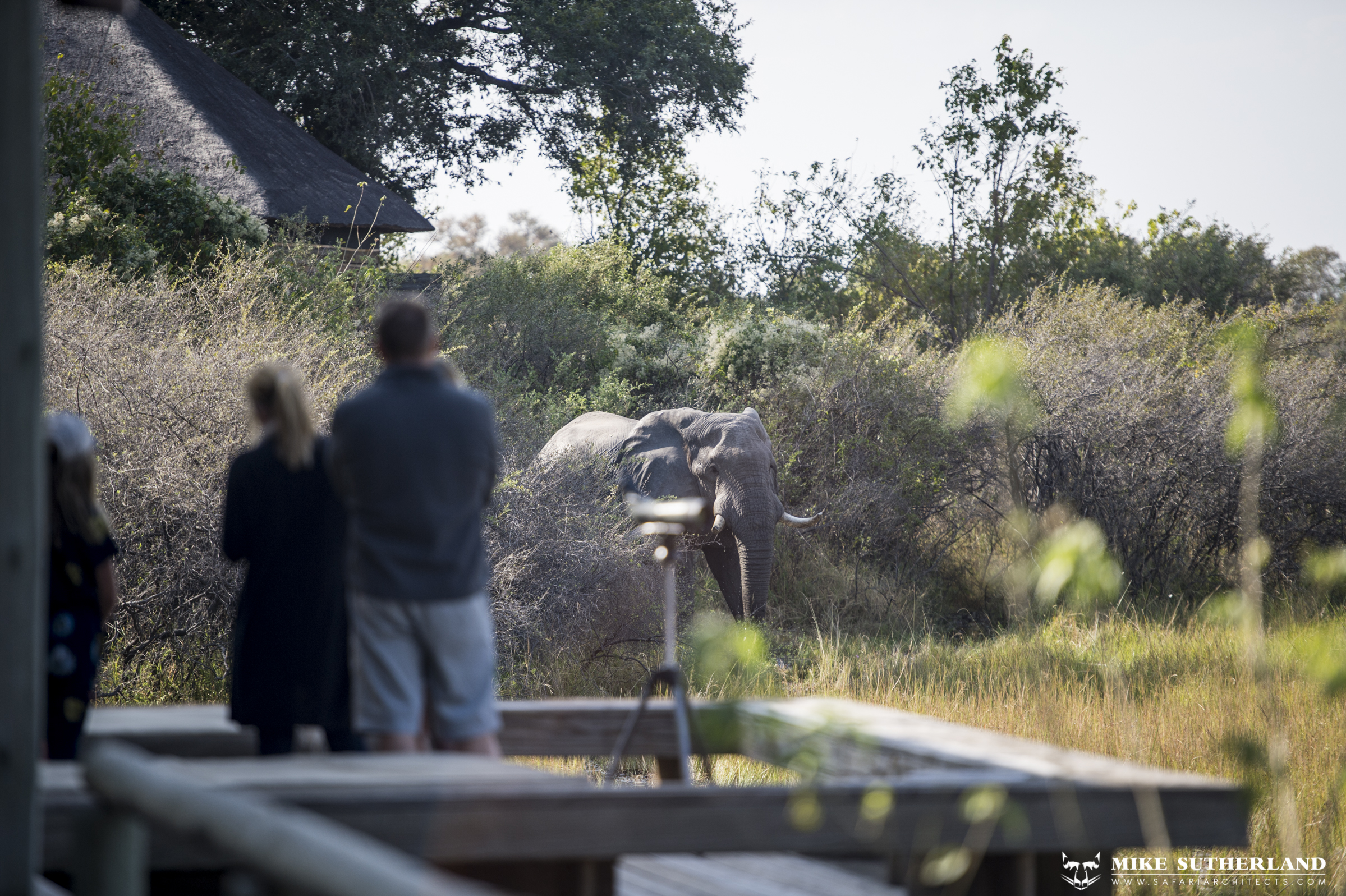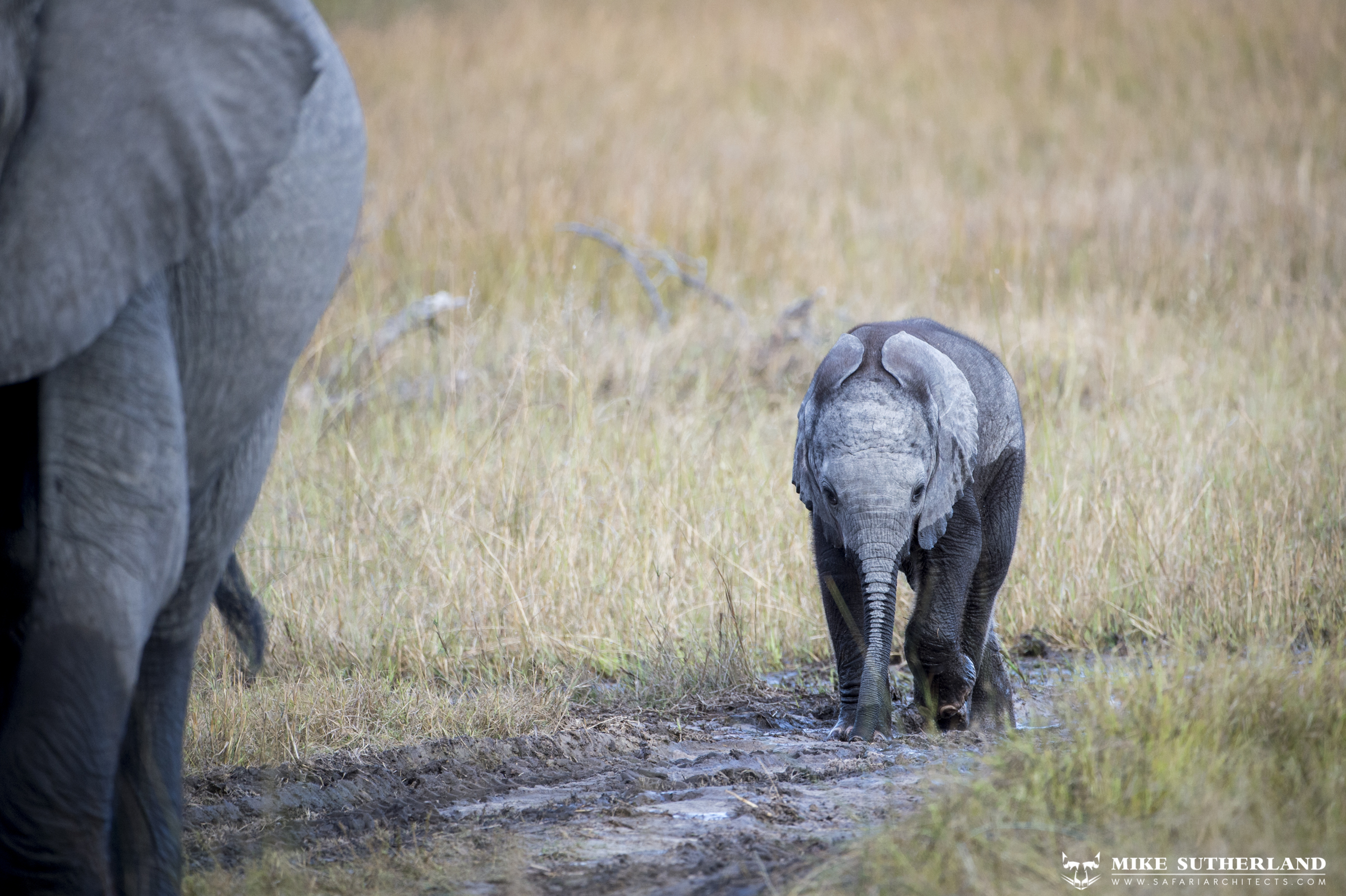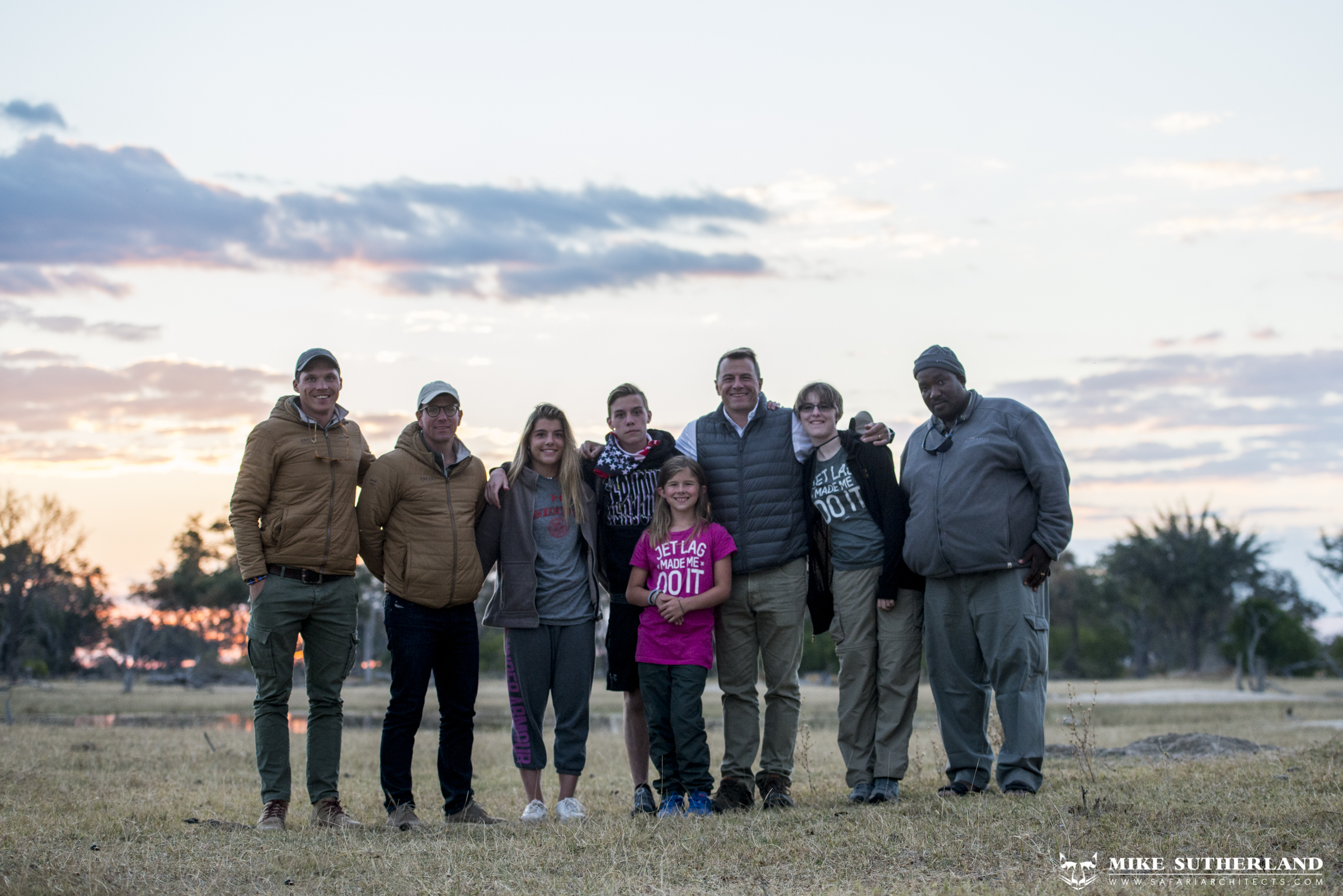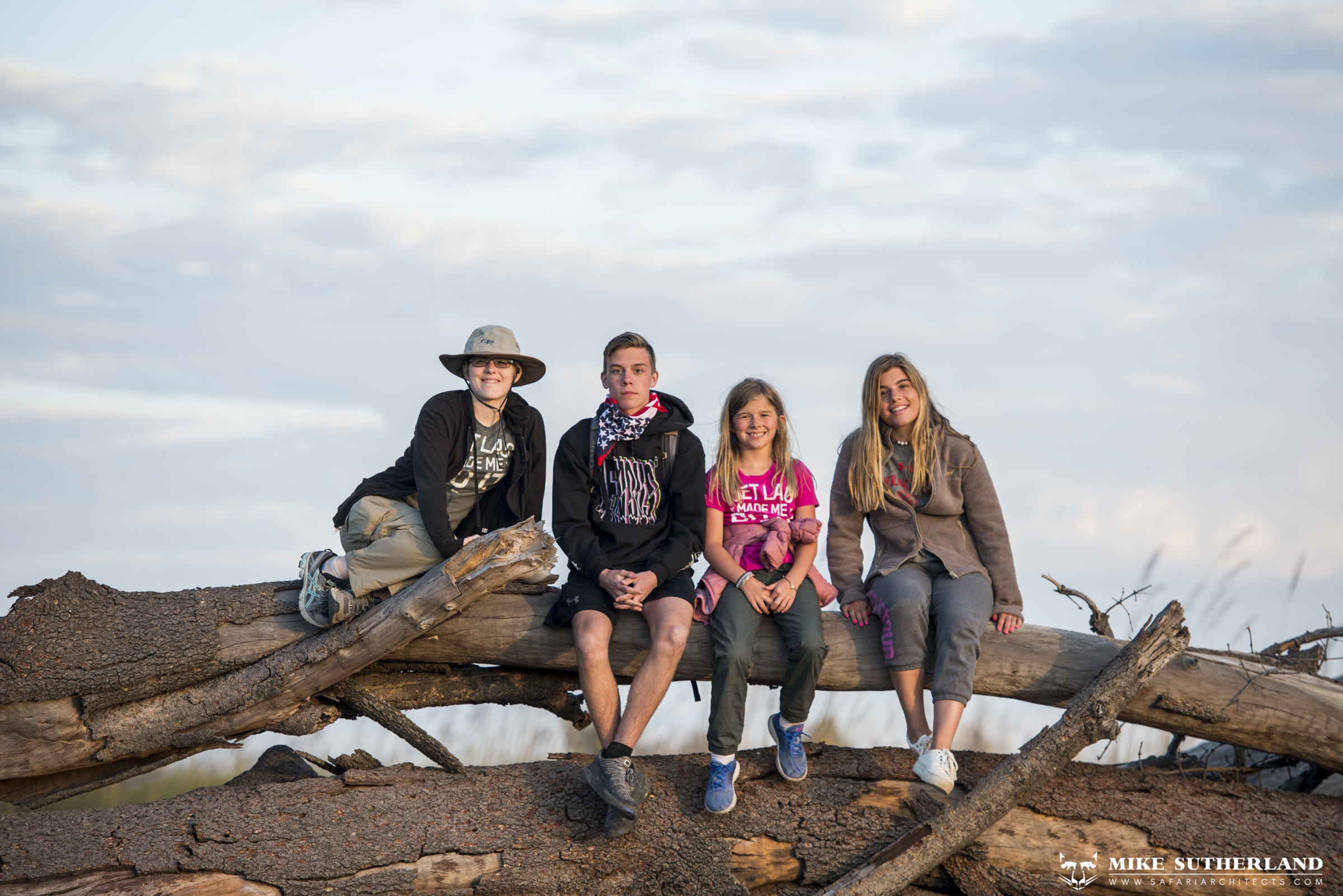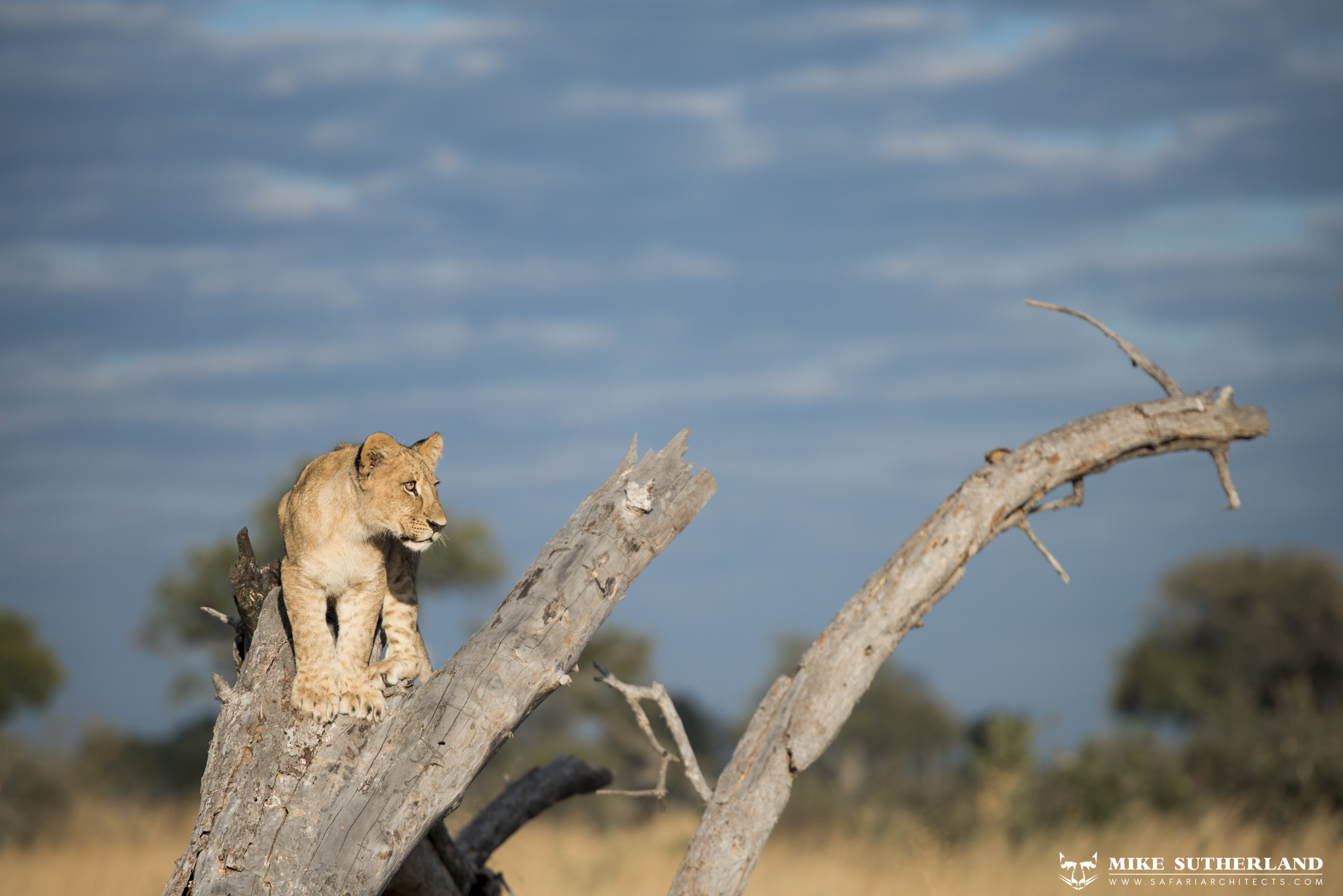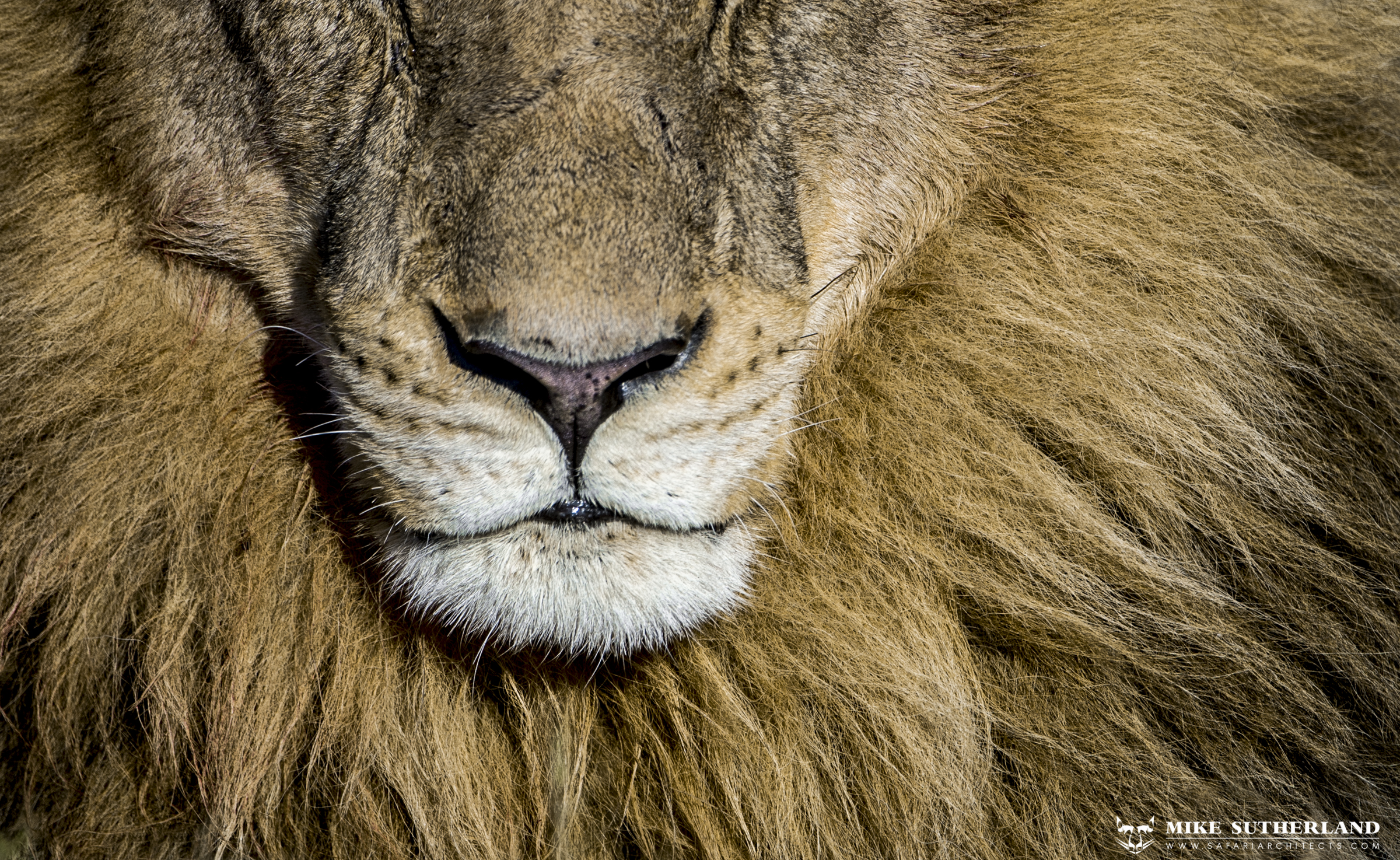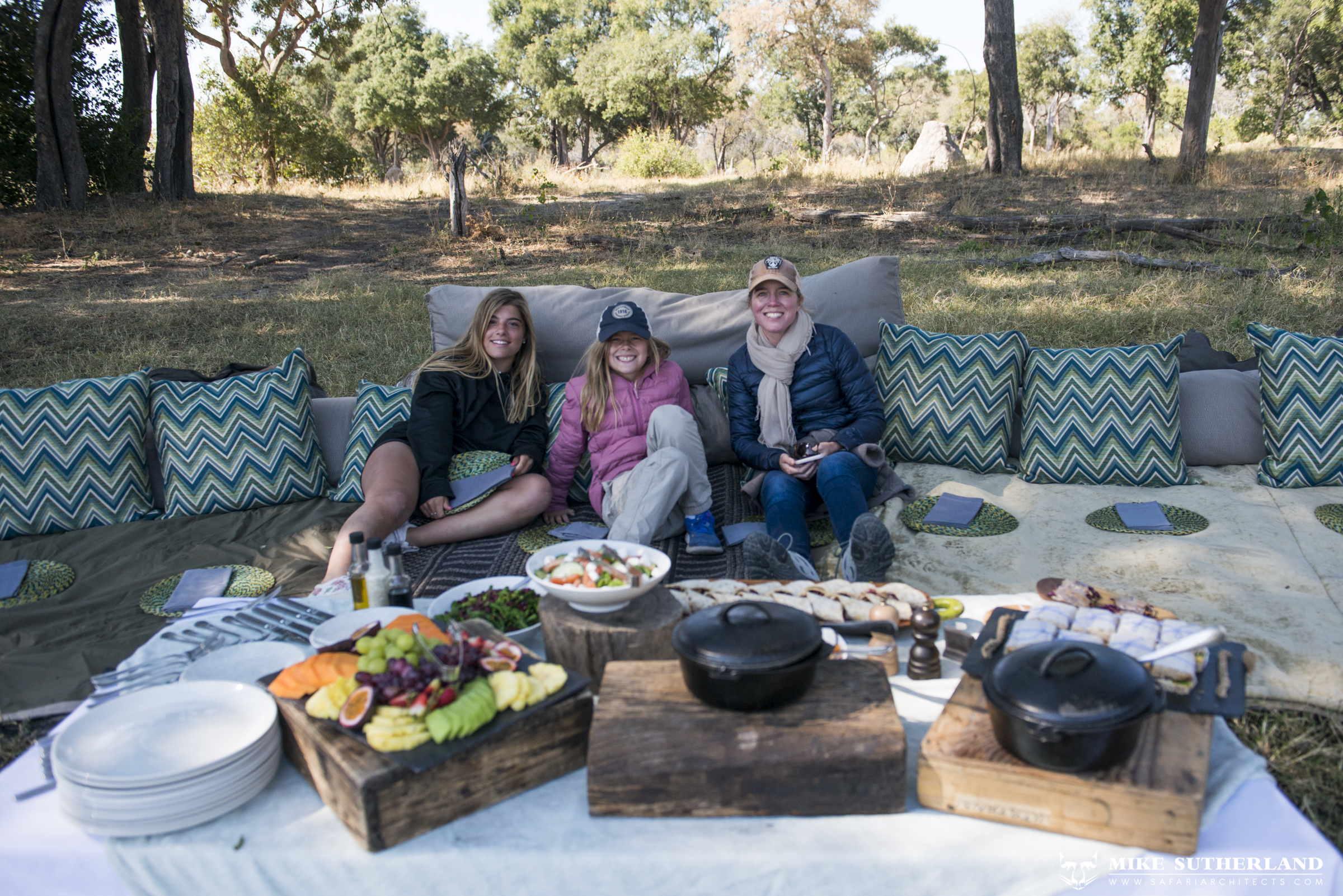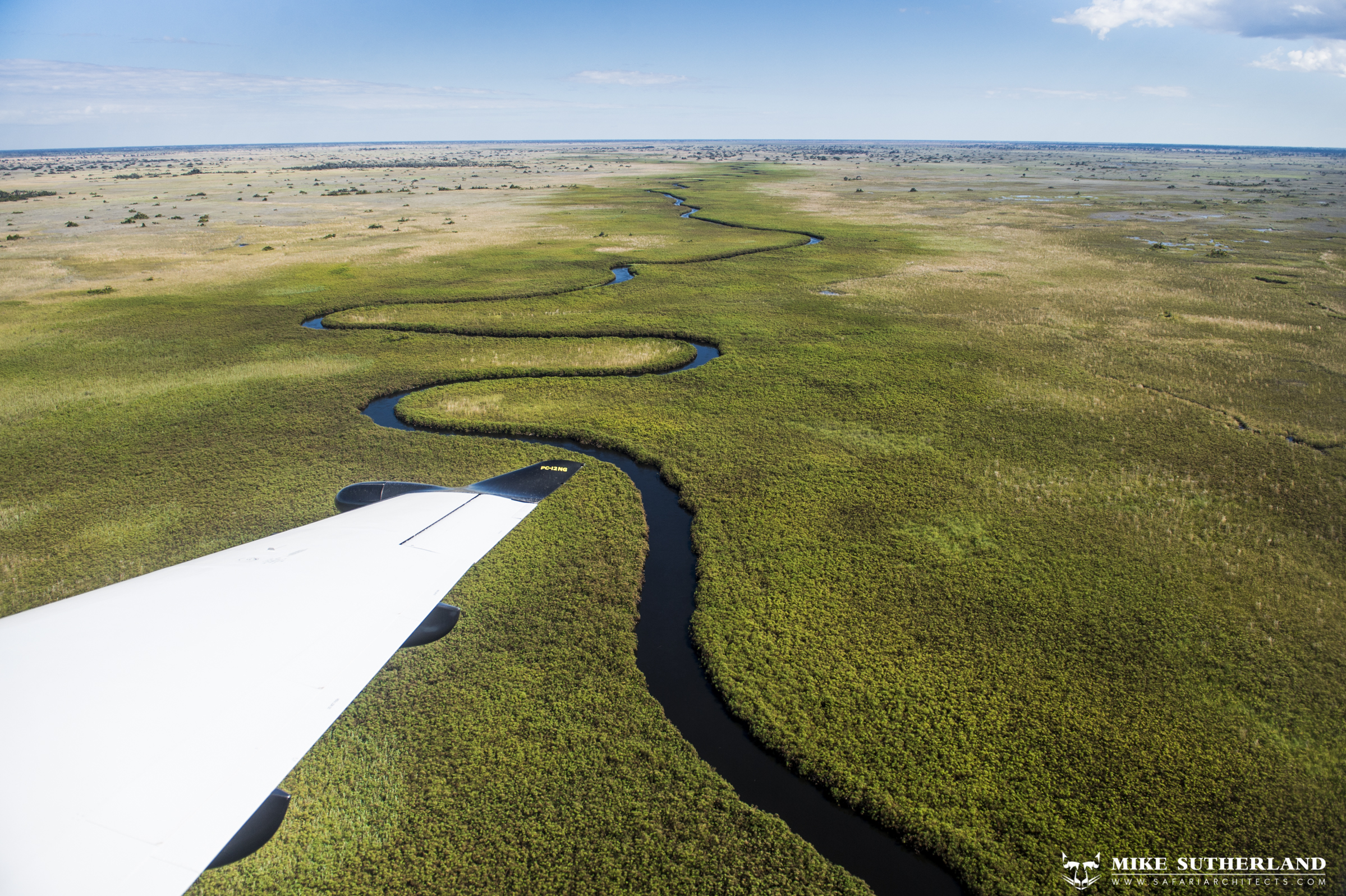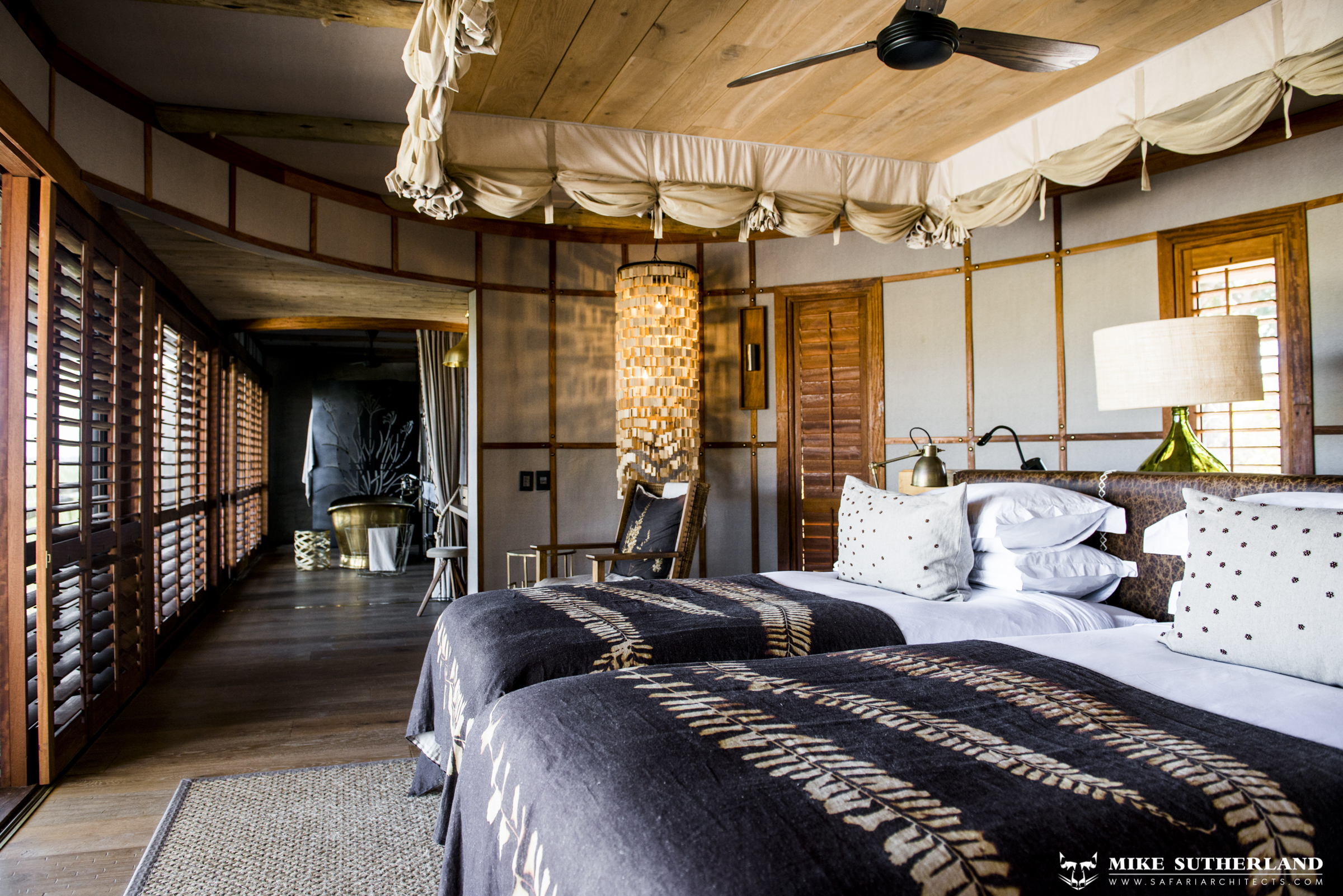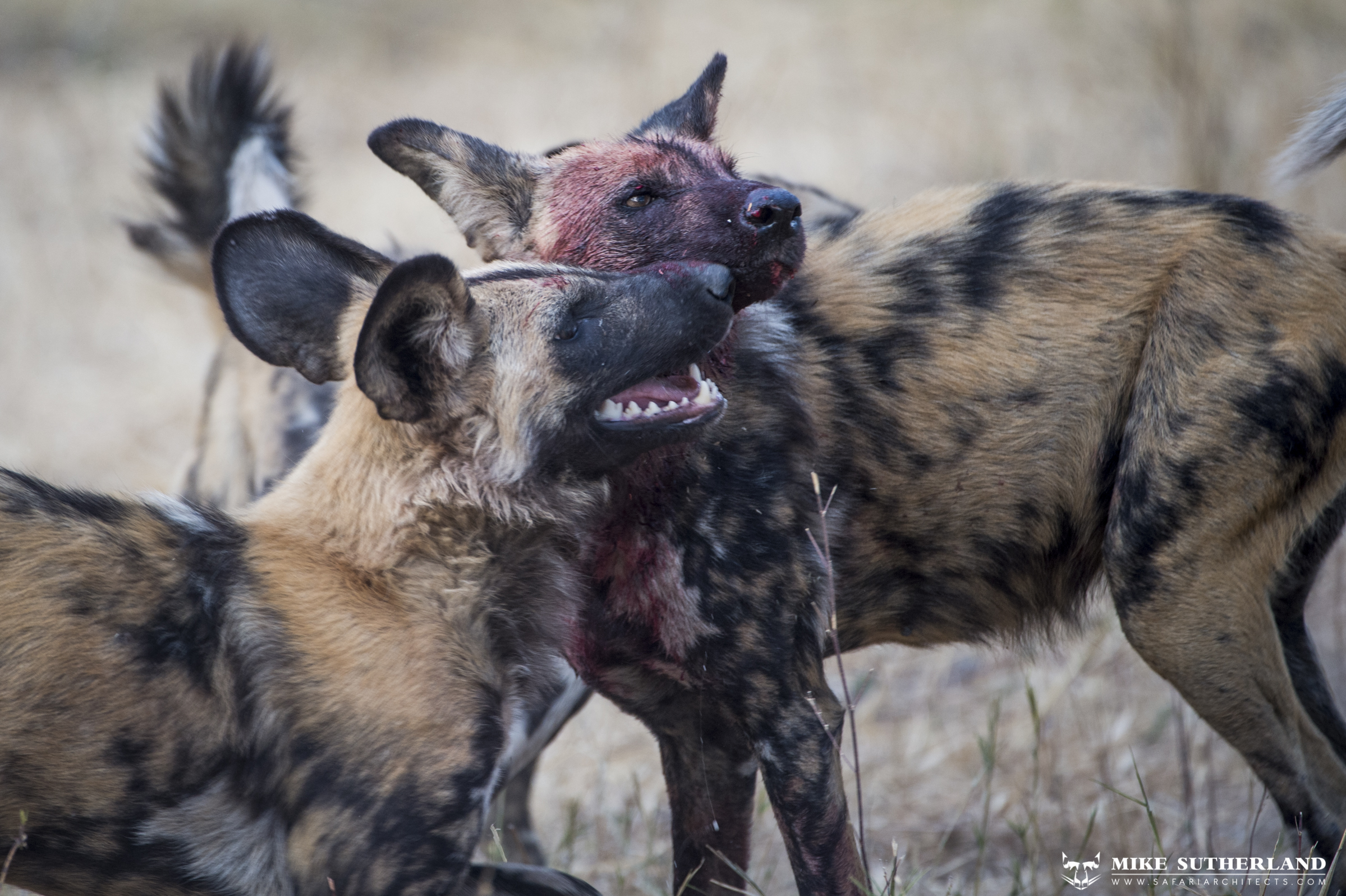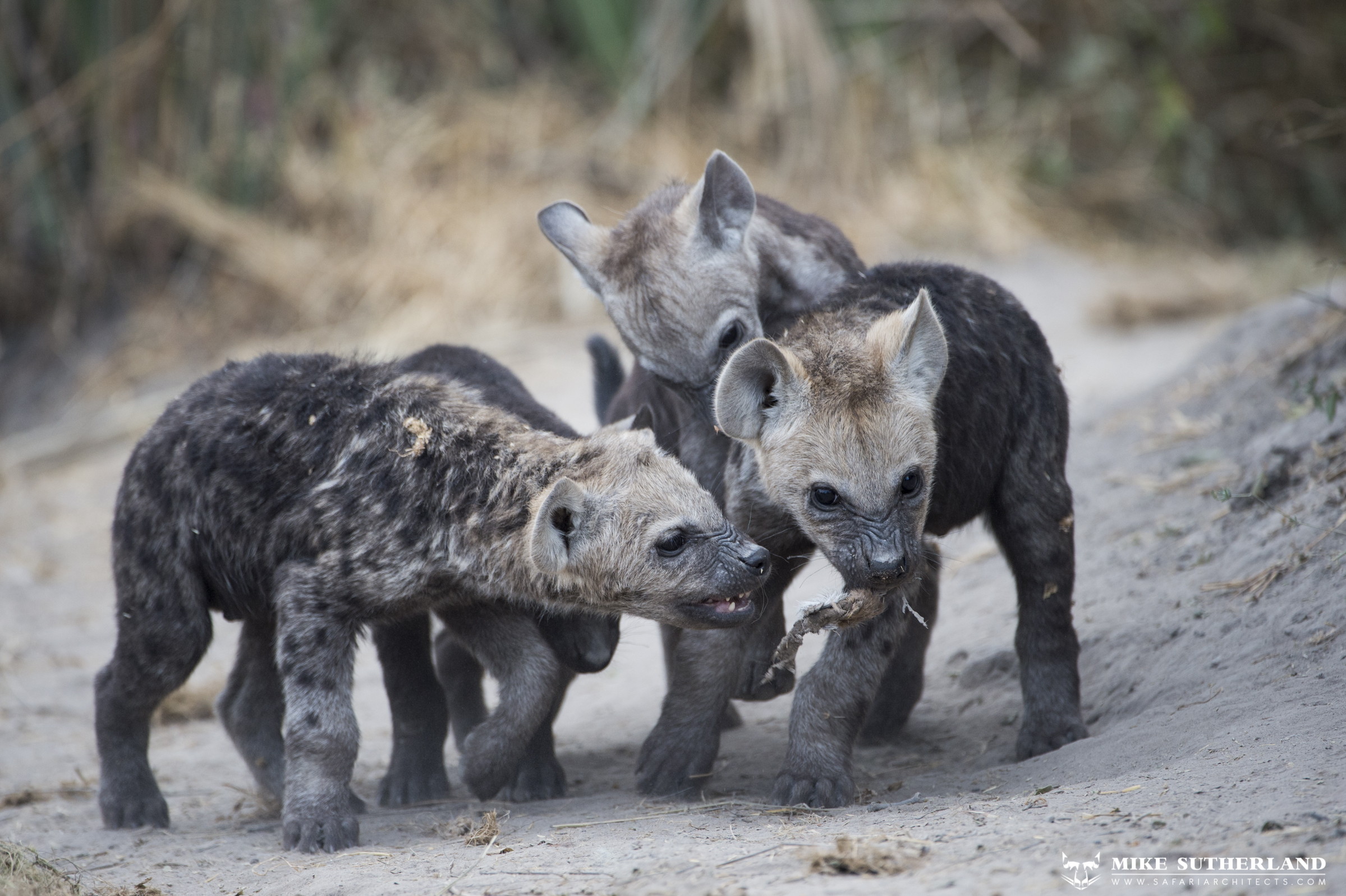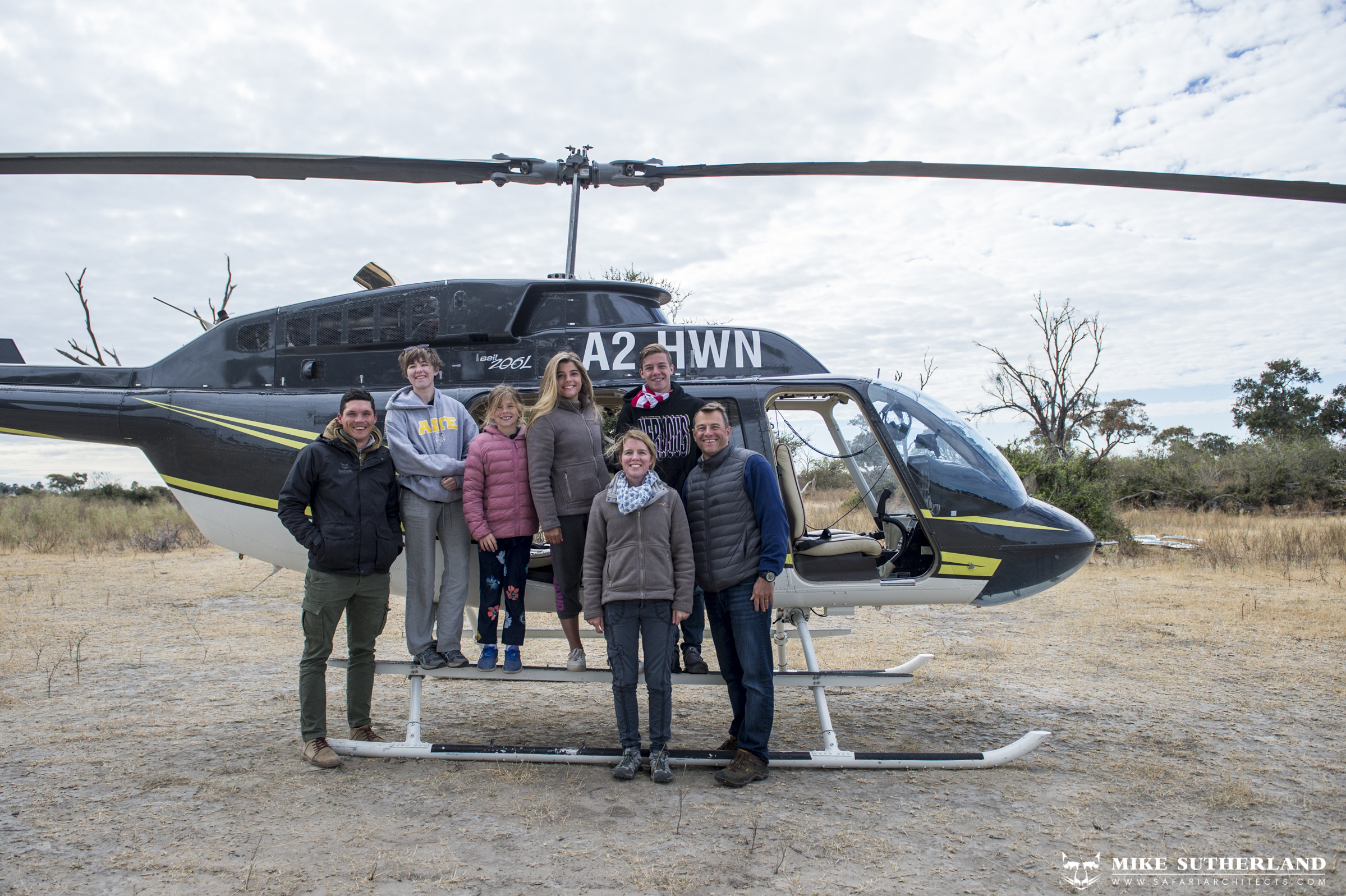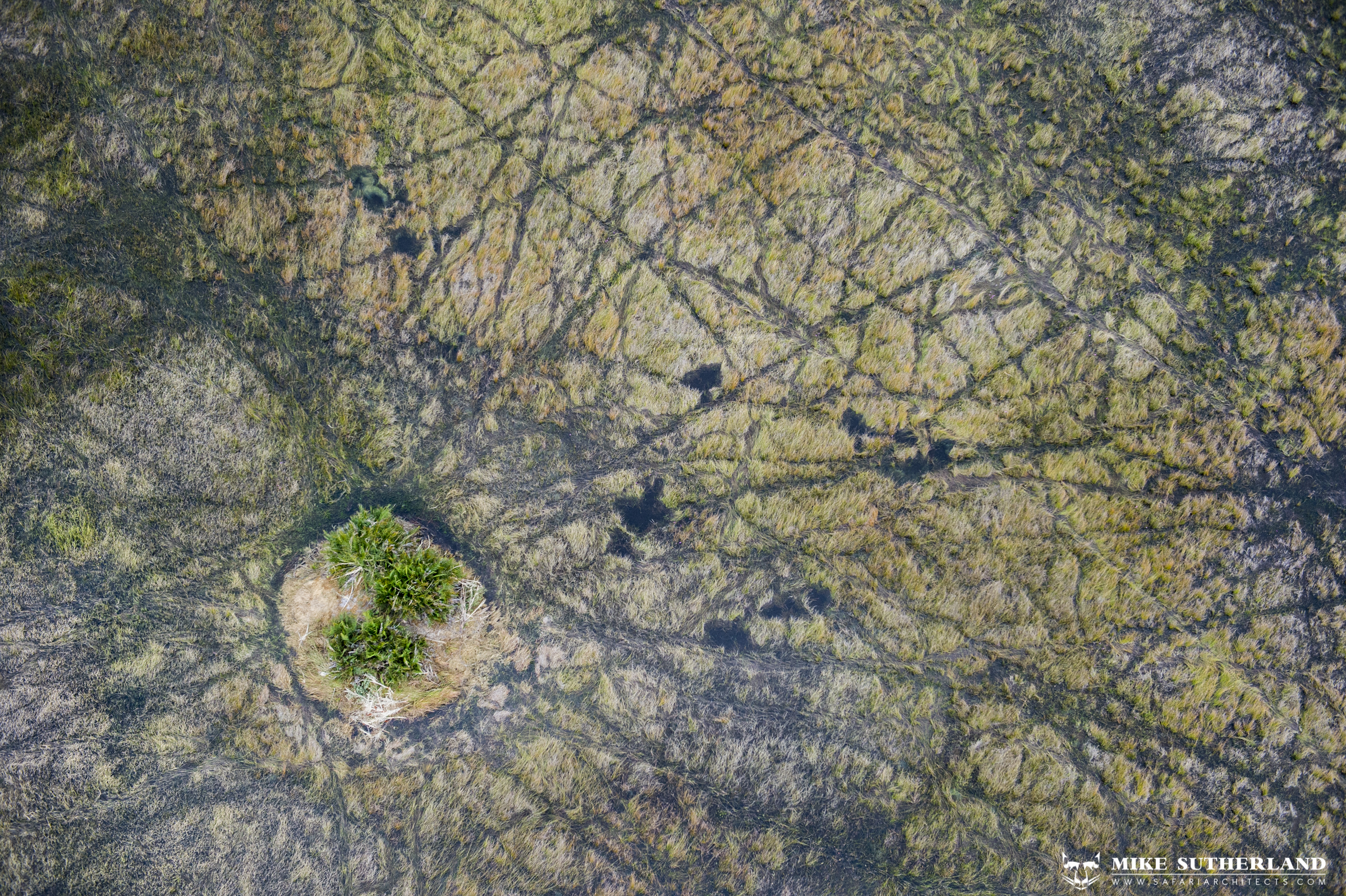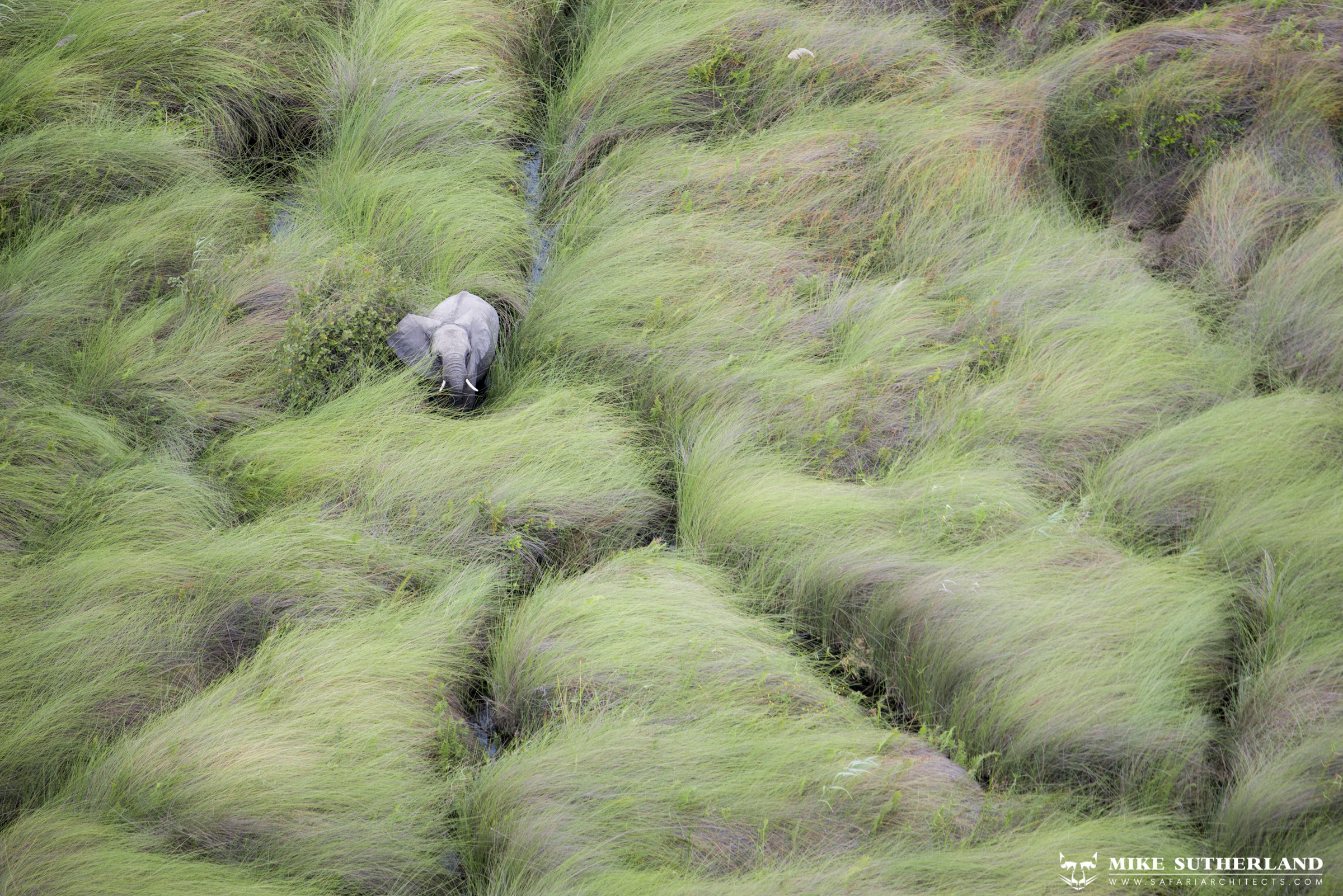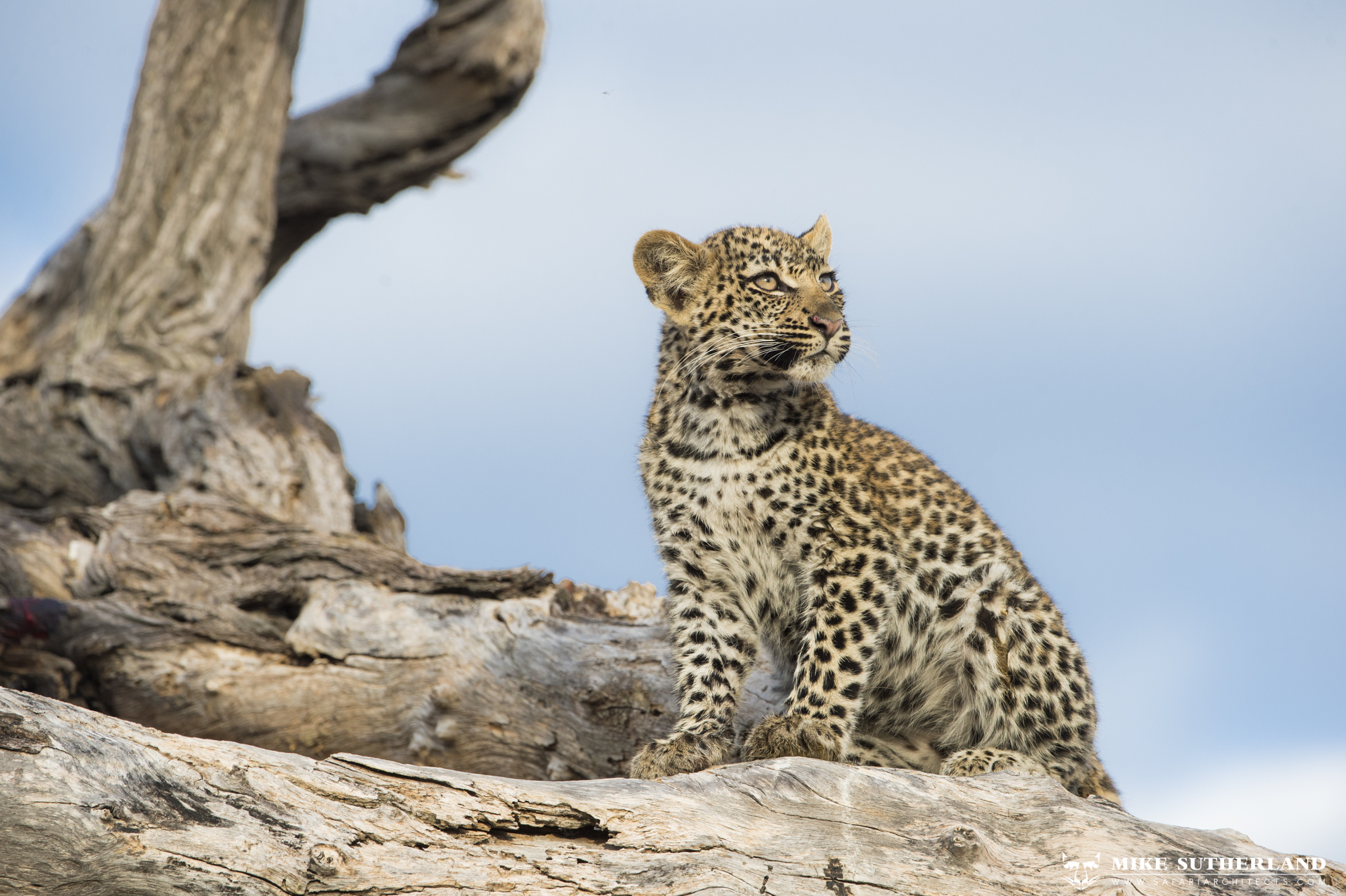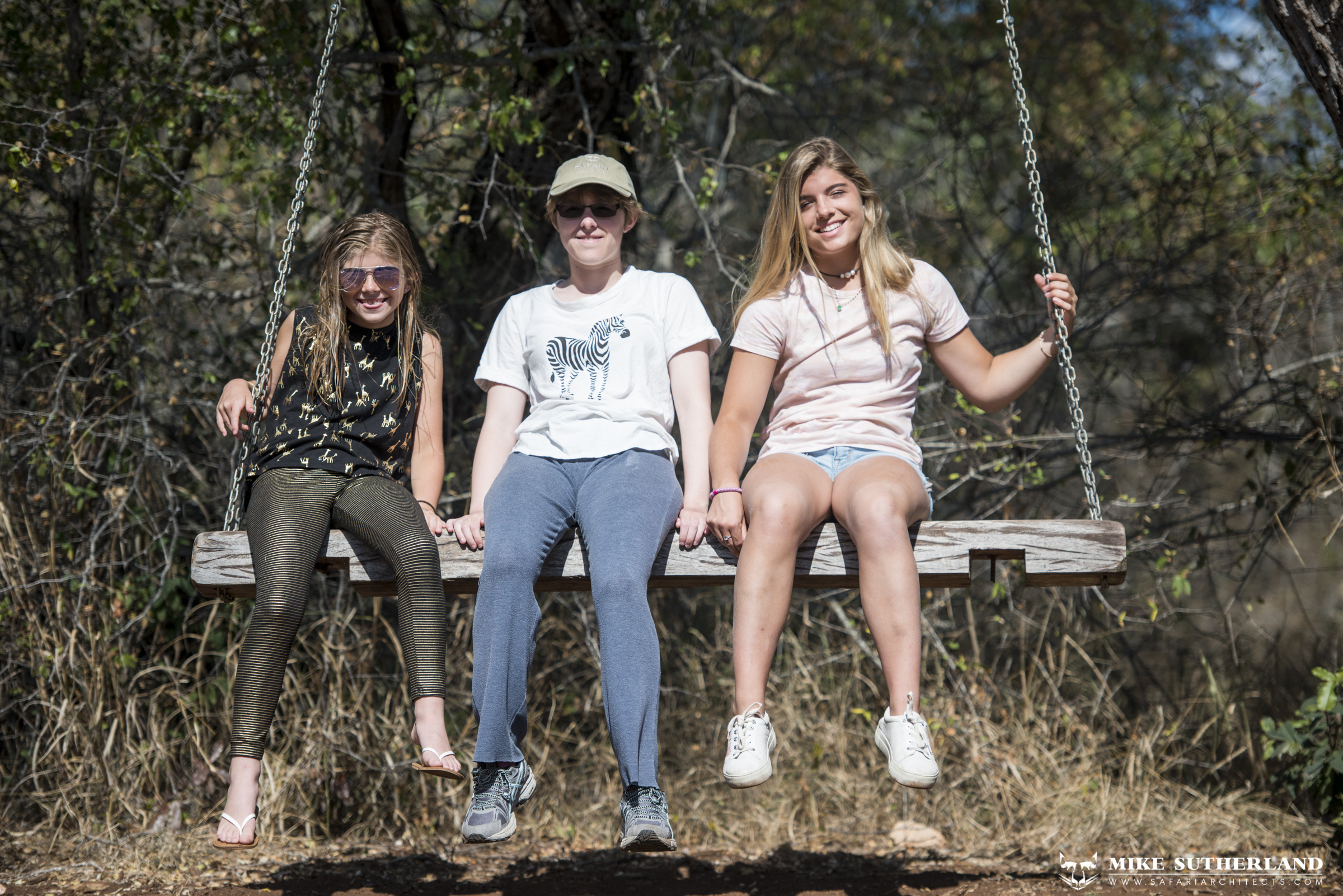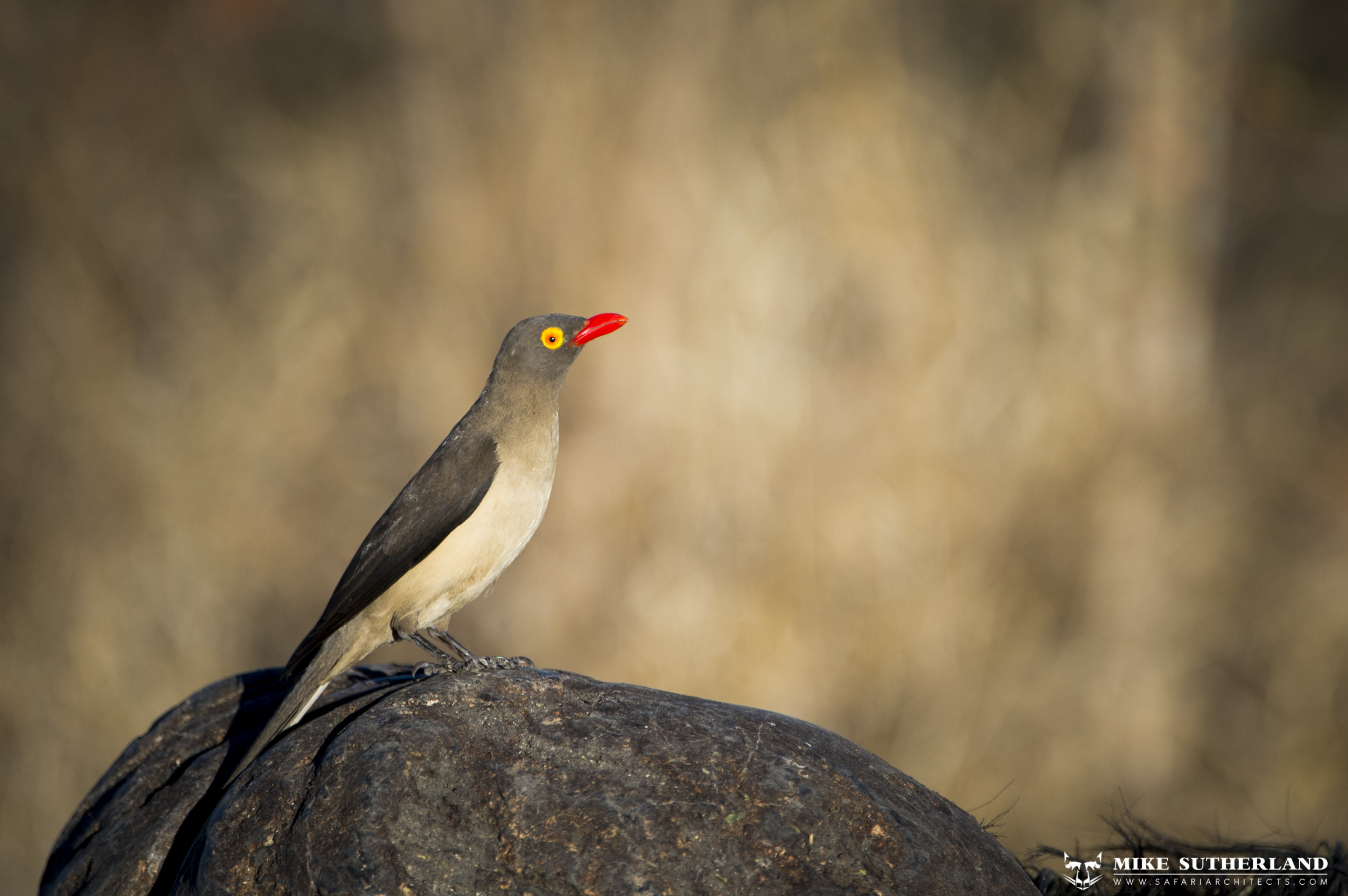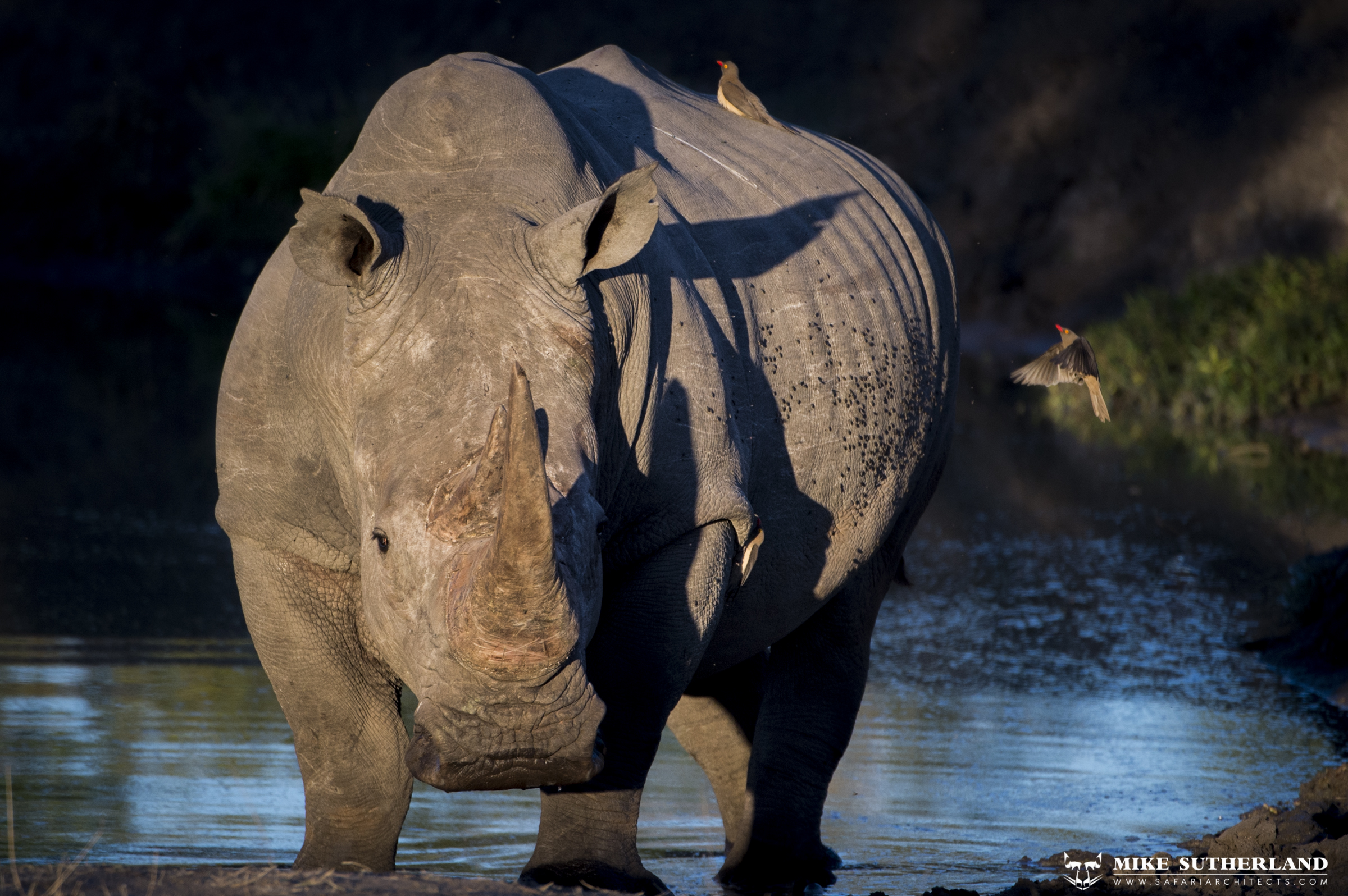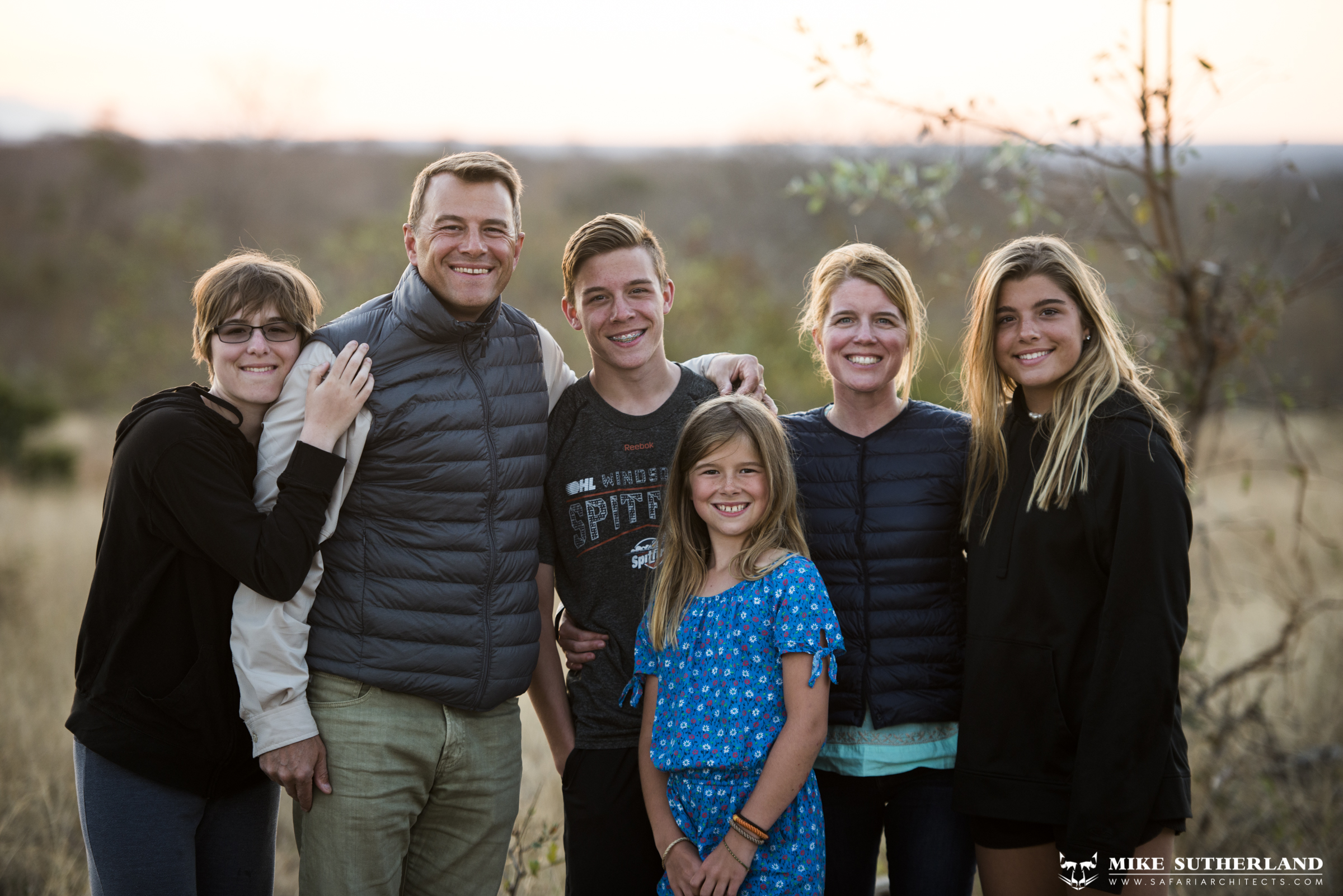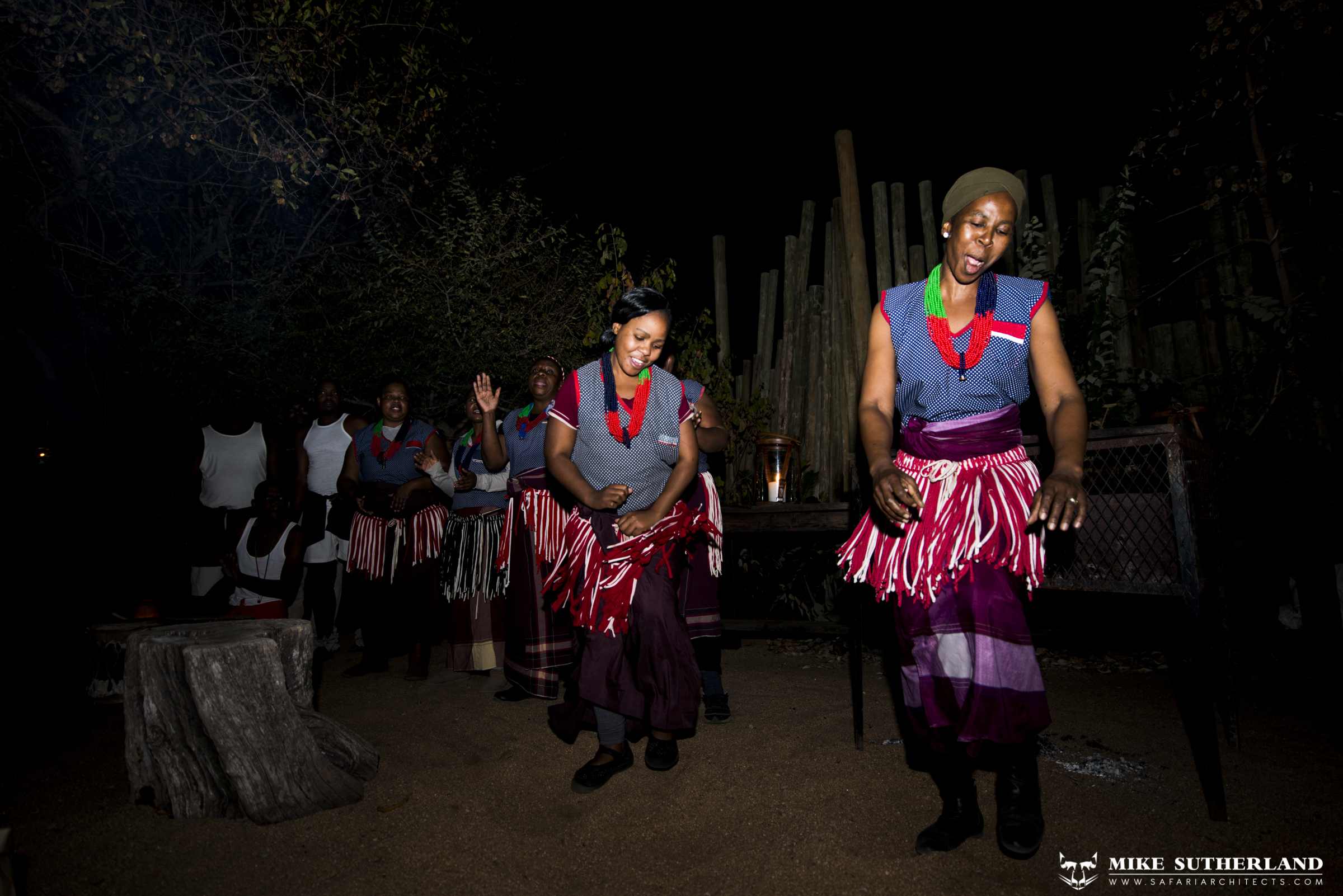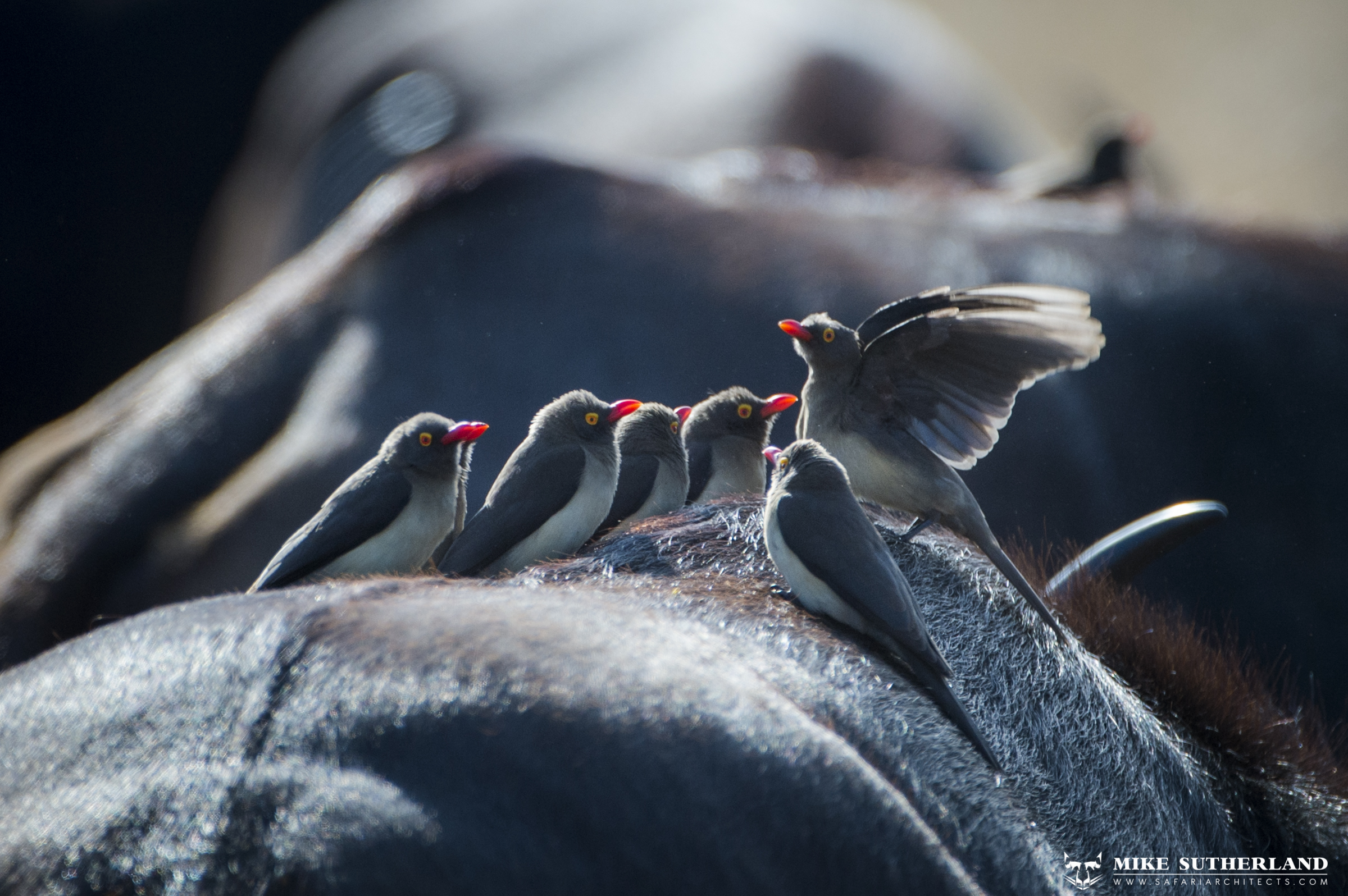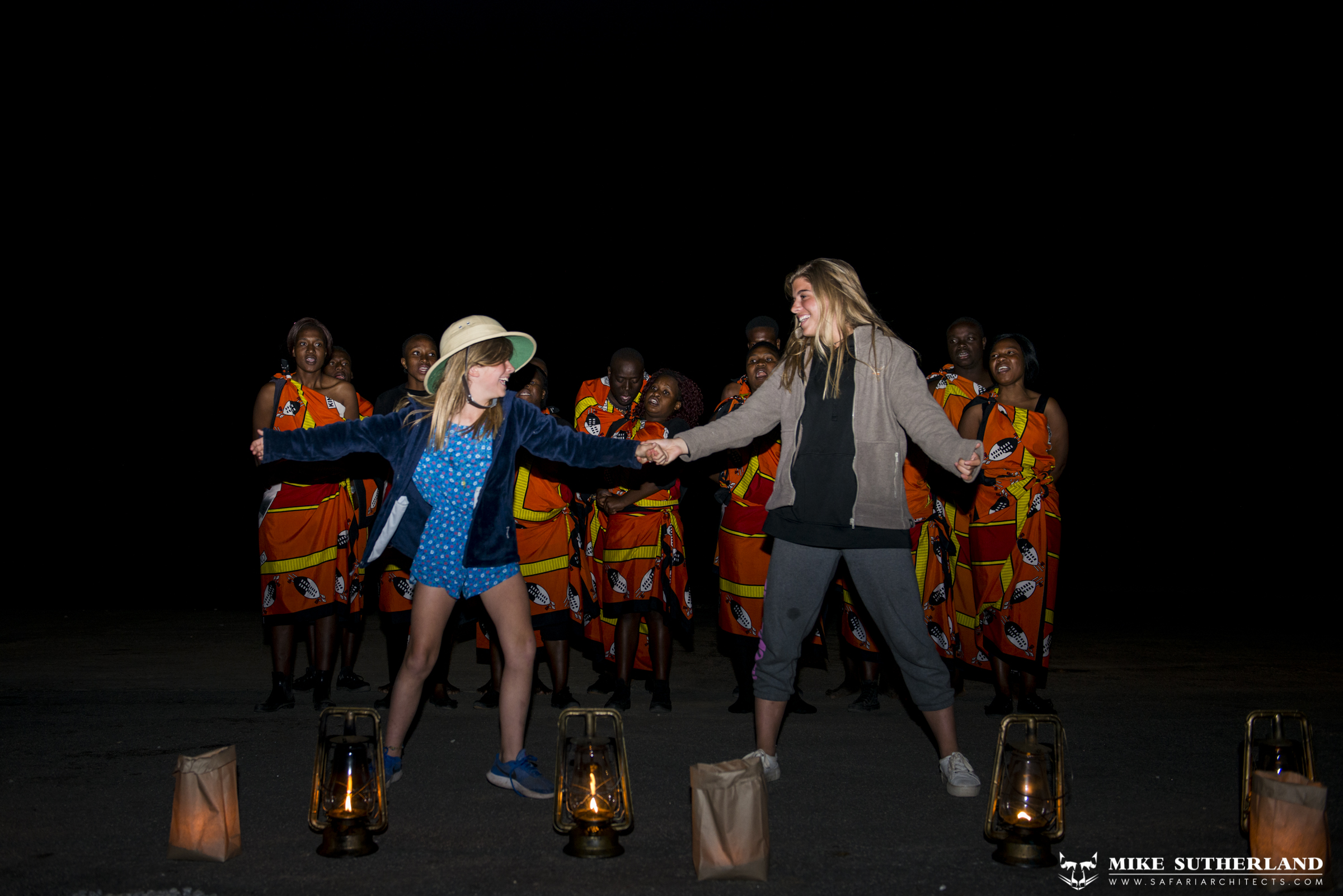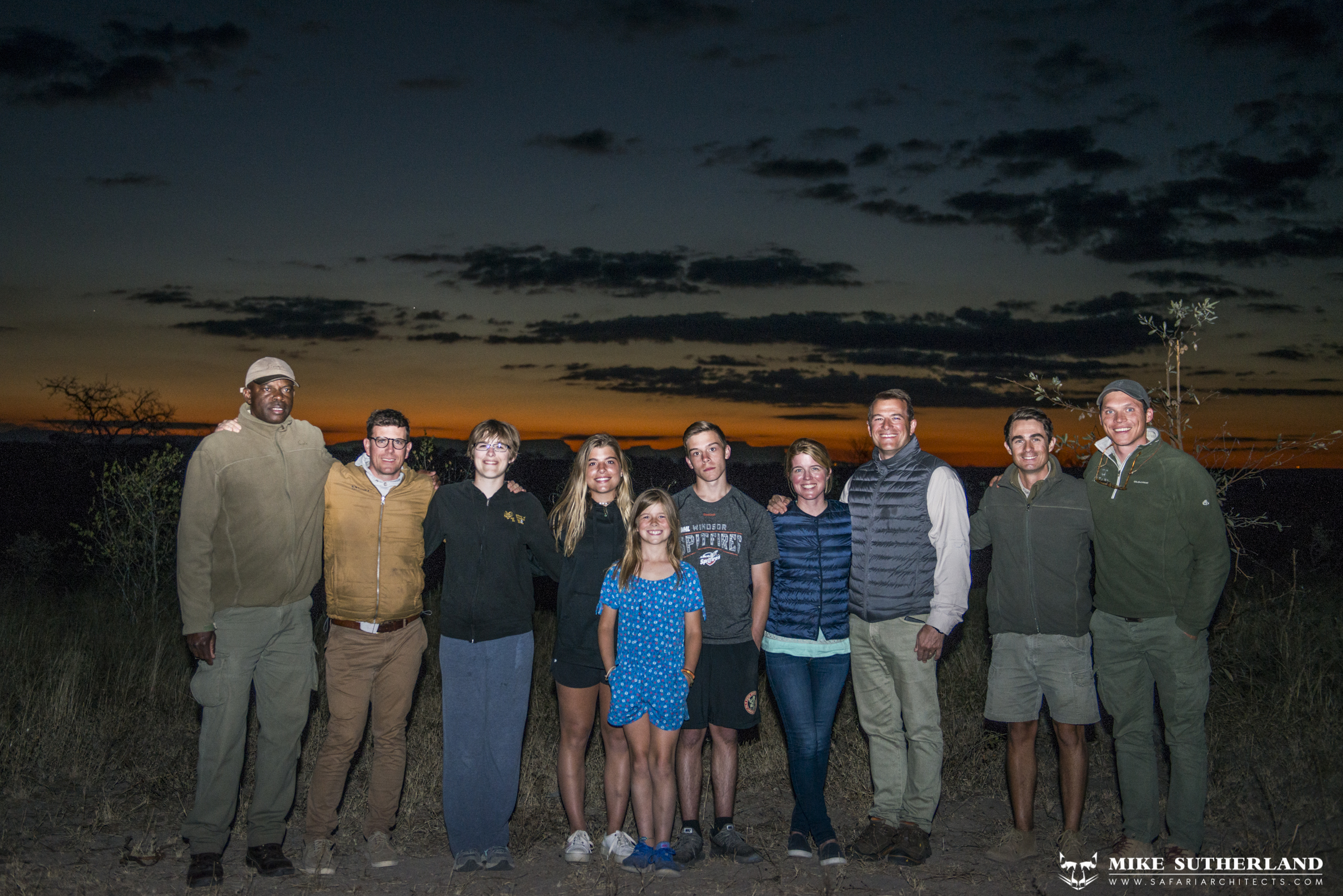A Safari Around the Sun
“The only man I envy, is the man who has not yet been to Africa – for he has so much to look forward to…”
A very fitting quote from Richard Mullins, one which has been lathered over the safari industry for many years, yet still continues to surface each time one begins to plan their first safari to Africa.
Here at Safari Architects, we are primarily tasked with assisting guests in creating their own unique safari. However, not only do we plan these safaris, but we often accompany and host our guests on their journey, giving us the opportunity to show them the best of what Africa has to offer. Each time we host new families, we find ourselves envious of this being their first trip to Africa! It will be their first time seeing the regal elephant, hearing the call of hyenas at night, waking up to the calls of birds at sunrise and just experiencing all the magic Africa has to offer the senses.
These are only a few of the reasons why we envy our guests so much, yet on the other hand we are also incredibly lucky to be able to guide them through these new adventures. And sometimes if we are lucky, as Africa never ceases to be full of surprises, we are even able to experience some firsts with them.
In July of this year, we hosted the Leclerc family on a sixteen day safari. This journey navigated Southern Africa in a clockwise direction, beginning at Namibia’s Hoanib Skeleton Coast Camp and ending on the stunning beaches of Benguerra Island in Mozambique.
Our first lodge was situated on gravel-strewn plains overlooking the Hoanib river, perfectly placed in the heart of the Namib desert. Desert-adapted wildlife such as elephant, lion and brown hyena attract many visitors to this incredible place. Upon our arrival, we were met by a large elephant bull who, due to his incredible size, could be seen from the main lodge area. Our excitement levels were high as we couldn’t believe we were witnessing such a special moment at the very start of our safari.
The Hoanib River, which meanders its way through rocky gorges and over the sandy plains of the Kaokoveld, is more of an underground aquifer than a river and flows irregularly during the year. This is the area where most game drives took place and, whilst exploring, we were exposed to the astounding natural beauty of the region encountering herds of elephants, oryx, springbok and giraffe. Being an extreme place, we were also introduced to what life in the desert is really like for wildlife. A typical day went like this: a frosty morning breeze, soaring temperatures during the middle of the day followed by an afternoon dust storm and then a warm berg-wind right before everything settled down again just after sunset. There are very few places in Africa like this!
Whilst staying at the camp, there is an option (which is highly recommended) to visit the Skeleton Coast itself. It was a full days journey that took us through multiple habitat types, over mountain ranges, across flood plains, up dunes and around real-life oases. Upon arrival at the coast there is an immediate understanding that this place is not for everyone. A numbingly cold breeze blows off the Atlantic ocean, distant sounds of wailing fur seals echo and the rusting remains of shipwrecks scattered along the coast illustrate that life here does no come easy. However, all of these features certainly add to the awe which makes the Skeleton Coast so unique.
After some exploration of the coast visiting the central parks-board and museum, we headed out to the beach to enjoy a well-earned lunch before taking a short flight back to the lodge. The entire day was truly enlightening and allowed us to gain perspective of how big this area really is. We arrived back at camp in the late afternoon and had some time to relax and freshen up before being welcomed into the researcher’s tent. Here we enjoyed a fascinating lecture by local researchers, focussing on their work with brown hyena and desert lions in the area. It was the perfect ending to a fascinating stay in Namibia!
This new insight allowed us to understand how volatile and fragile this environment is and how important it is for lodges to work with local people to ensure sustainability of the land and the wildlife.
Leaving the desert, we made the long journey eastwards into the Okavango Delta. Flying over this enormous waterland, it became clear that we were in for a very different experience than the one we had just had. Vumbura Plains, in the north-eastern part of the delta, was our next stop which boasts a mix of land and water-based activities. From the runway to the lodge, we were immediately overcome by the water which surrounded us and even filled the vehicle at stages. July is historically the time of the year when the floods are at their highest, allowing us to be right in the middle of it.
The average number of animals that can be seen from the Vumbura Plains runway to the camp is nine (this is non-scientific but rather an average our Safari Architects team has come up with after multiple visits to the reserve over the years) On our first drive in we saw eleven different mammals, an overwhelming amount! Even when we arrived at the lodge, we were met by another large elephant bull, a trend that was beginning to develop within our welcoming committee.
The visible abundance of vegetation and mammals was a clear sign of the difference from our desert experience, the exact reason why we planned the safari in this order – to fully experience Africa’s essence, you need to explore its diversity! Diversity not only in the varying landscapes however, but also in animals, languages, people, food and culture. The Leclerc family wanted to explore all of this and more, a goal undoubtedly achieved!
In Namibia we had been lucky enough to see desert-adapted elephants, yet in Botswana we were overwhelmed by the shear number of elephants we saw. Known to host the largest elephant population in the world, Botswana showed us elephants of all shapes and sizes, big and small. What was even more fascinating was how they had adapted to life in this swamp, and how this was in complete contrast to the elephants in Namibia. Everything about the delta was different to Namibia, even the colours around us painted an entirely new image of Africa. As we came to the end of each game drive, we knew we had experienced something special. There were always new stories to talk about and take home to our friends and family!
As we explored together, we started to learn details about the delta and therefore began to see more and more exciting things. We had each chosen a specific animal that we hoped to see, which included rare animals like black rhino and serval (which we were lucky enough to see) but at the top of the list had to be the African lion. We made a point of spending a few of the mornings in search of a well-known pride in Vumbura Plains and were eventually treated to some spectacular sightings of them!
Our most memorable sighting however had to be our morning spent with a coalition of four male lions, who had managed to catch an unlucky warthog and were feasting on it right next to our vehicle. We sat dead-still, whispering to each other as we listened to the bones being crunched alongside us. As was made evident here, sometimes the bush can be harsh. However, it gave us amazing insight into the natural world order, and to have experienced something this raw and wild in our modern day and age was truly rare and magical.
After a sad farewell was said to the Vumbura concession and the special staff, we boarded our private plane for a short hop over to Chief’s Islands and our new camp, Little Mombo. We were immediately struck by the beauty of the area, but also the impressive newly-built camp. We could tell it was going to be an exciting few days here as we settled in for lunch overlooking an elephant herd crossing the floodplain right in front of the main deck – another pachyderm welcoming committee!
From the food to the wine and the fabulous staff, we were in heaven at Little Mombo. Naturally it has a big reputation to uphold, being known as “the place of plenty”, and it certainly did not disappoint.
Whilst here, we spent many hours in search of the elusive black rhino, which have been re-introduced into the concession (through a well-known range expansion project), yet we had no luck. However, our luck came in other ways, including an unbelievable sighting of a pack of wild dogs defending a fresh kill against a clan of hyena. A thirty-minute fight ensued until only scraps of the carcass remained.
Other highlights included an incredible leopard sighting, an active hyena den and an amazing helicopter flip over Chief’s Island.
With so much amazing wildlife viewing behind us, we were on to our next destination, this time to Singita Ebony in the Sabi Sands game reserve of South Africa. An area that is famous for it’s amazing wildlife viewing, in particular, high densities of large predators like lion, leopard and hyena. On our first afternoon game drive, we were spoilt with a sighting of a female leopard with two small cubs feasting on a impala kill which she had stashed in a large Marula tree. We were off to a great start!
Days here were busy and between game drives we took advantage of various activities on offer at the lodge. A private African cooking lesson was a real highlight by which we learned about the tradtitional methods of cooking African meals. We prepared the food ourselves and then enjoyed the well-earned feast together. The lodge also held a special boma dinner for us which included a breath-taking performance by the Singita choir and traditional dancers.
The trip was initially arranged to celebrate Real’s 50th birthday and we had meticulously planned the activities to align with this celebration. We set off on our final game drive and enjoyed a warm afternoon in the sun, beautiful wildlife and a stunning last sunset. Then, as darkness fell, we began our journey homewards but decided to swing past the runway to see if there was anything interesting about. The closer we got to the airstrip, the clearer the lights became and we were immediately overwhelmed with the beauty of the scene. A stunning bush dinner had been set up for the family, with lanterns as far as the eye could see, blazing fires, a private chef and an exquisite dining area.
As we enjoyed our meal and shared endless stories, a local choir from the neighbouring village arrived in their beautiful regalia and began to sing African songs for us. They performed and danced and we even joined in! We were filled with endless happiness and emotions of gratitude after an incredible journey through the African wilderness together.
A safari can be a busy experience, between game drives, night drives and bush walks. From the very early mornings to the late evenings, it is often good to take the time to relax and unwind and just be with your own thoughts. For this exact reason, after our safari, an island getaway for some lazy beach days would be the final destination! We set off on a final flight, bidding Singita farewell, and headed off for Benguerra Island in Mozambique. Landing in Vilankulos, we enjoyed an insightful tour through the local markets before a short helicopter flip to the island. On arrival, we immediately dug our feet into the pearly white sand and swam in the warm Indian Ocean.
From private catamaran cruises and sunset dhow rides, to snorkelling and diving in some of the richest spots in the Indian Ocean, Benguerra Island was the perfect spot for us to enjoy the last few days of our trip together. One last celebration was to be had and this time it was for Annsley on her 9th birthday. A final ocean-side dinner set-up on the beach had us all gasping in awe of it’s beauty – a truly magical farewell to the trip of a lifetime!
With so many incredible experiences had and lasting memories made, we will look back on this safari with incredibly full hearts. It was truly a celebration of family and togetherness. Significant learning took place, endless laughter was shared and, most importantly, honest fun and pure joy was experienced by all.
We look forward to hosting the Leclerc family on another magical safari in a few years time!
Written and photographed by: Mike Sutherland
